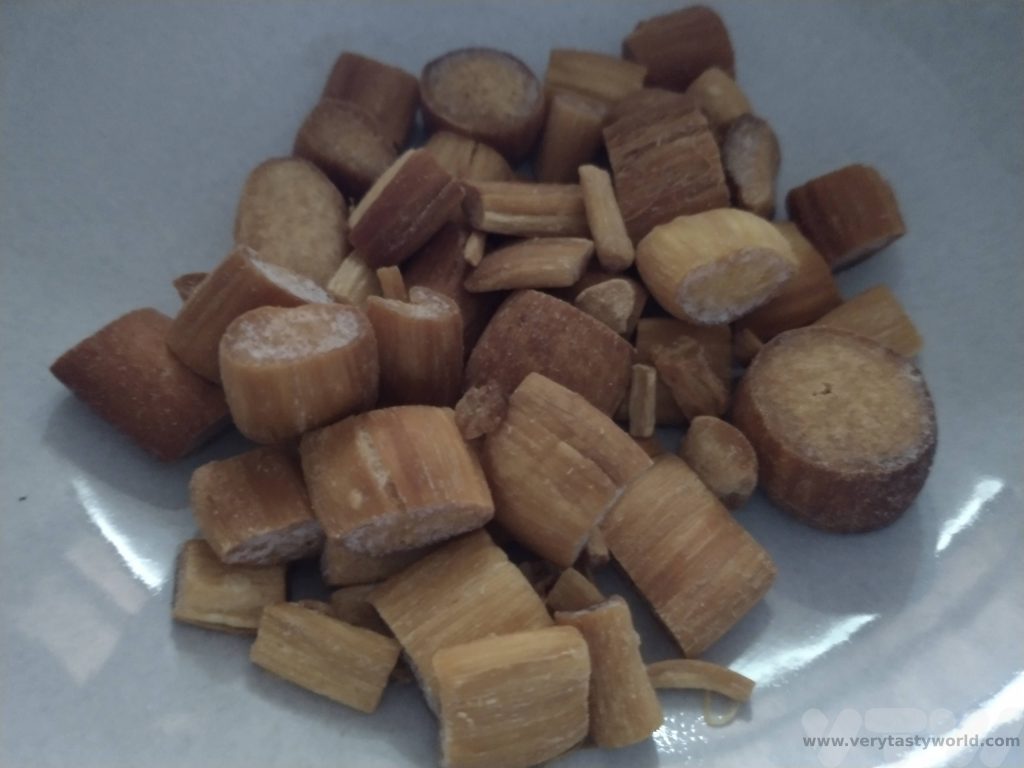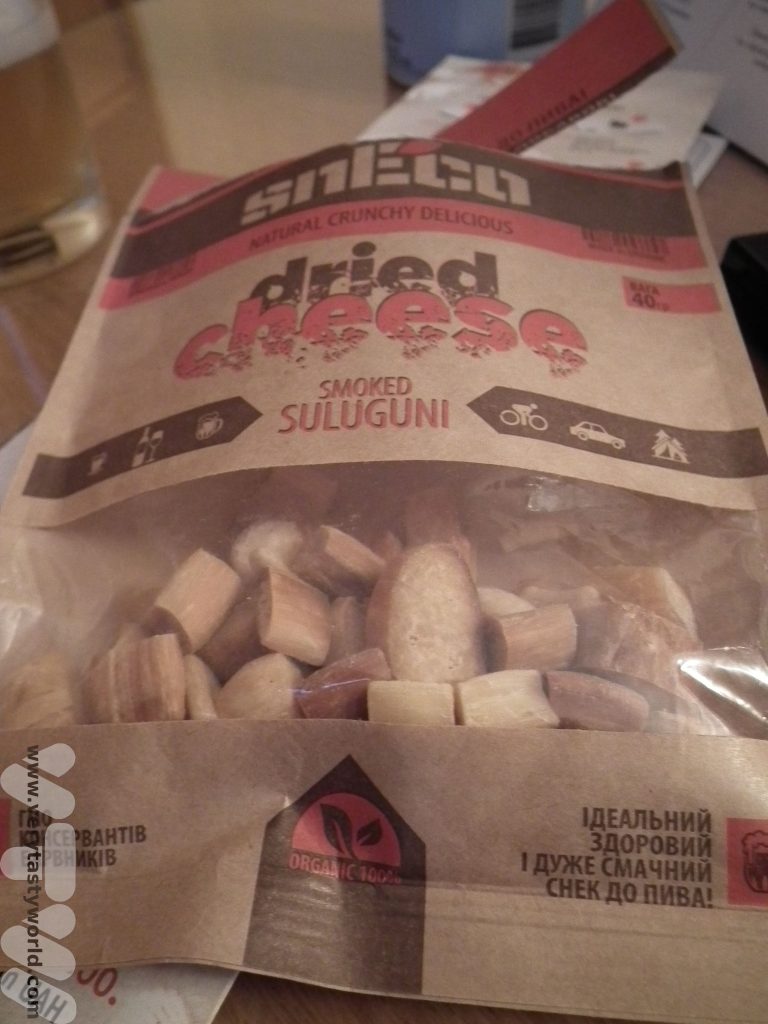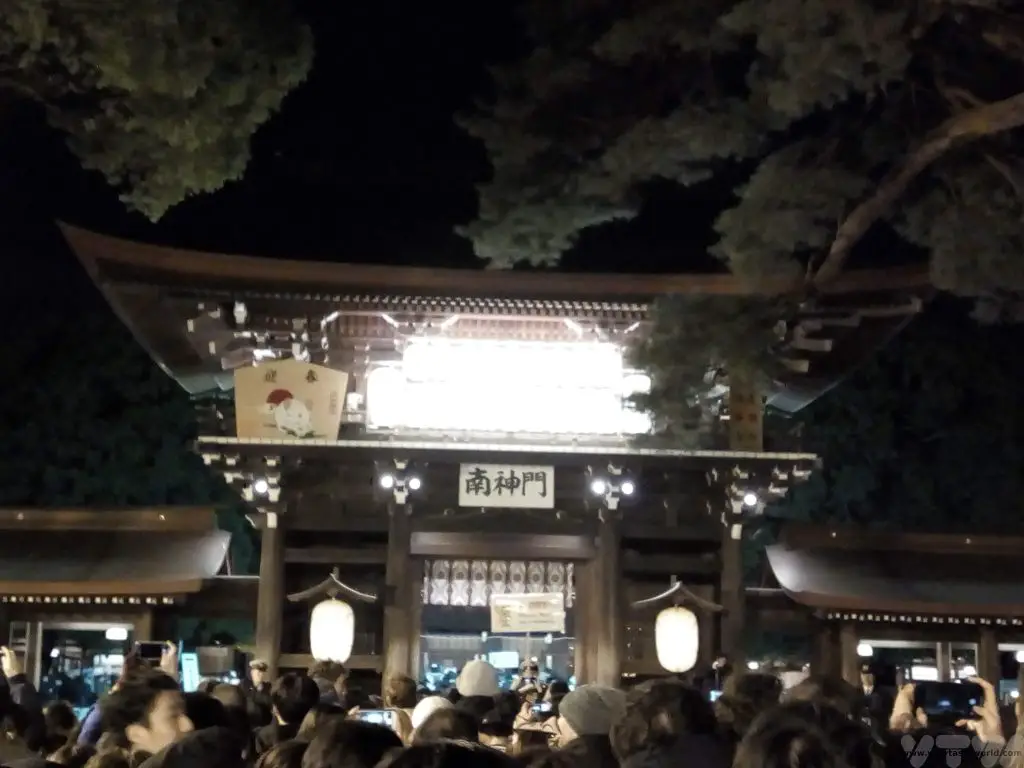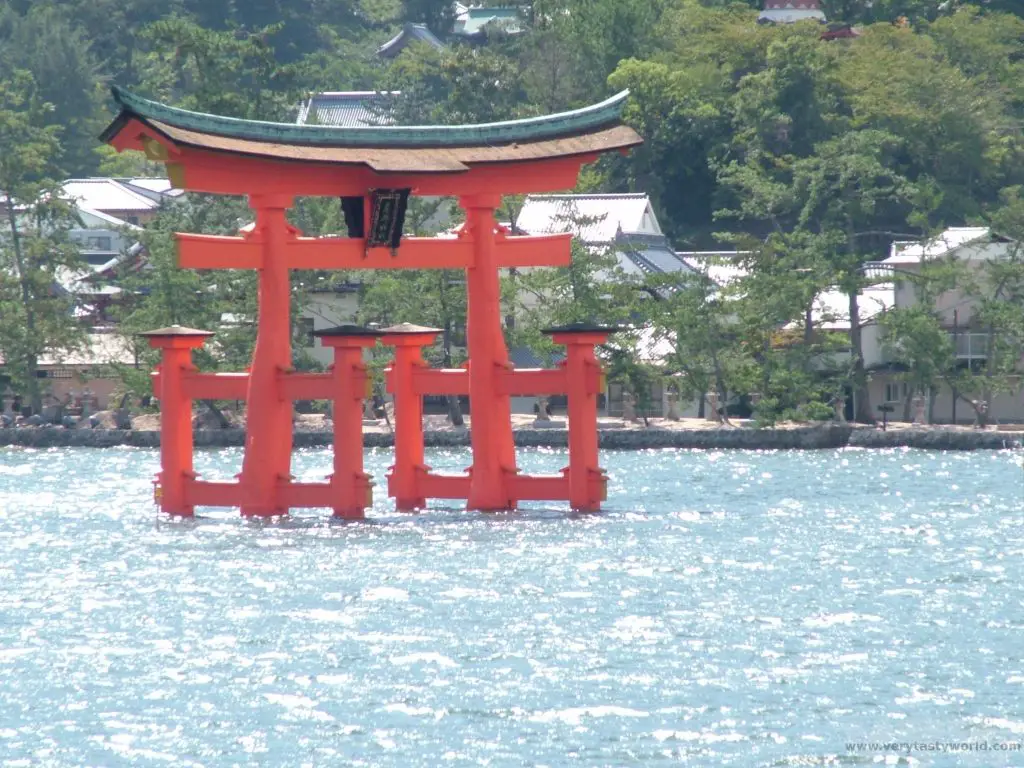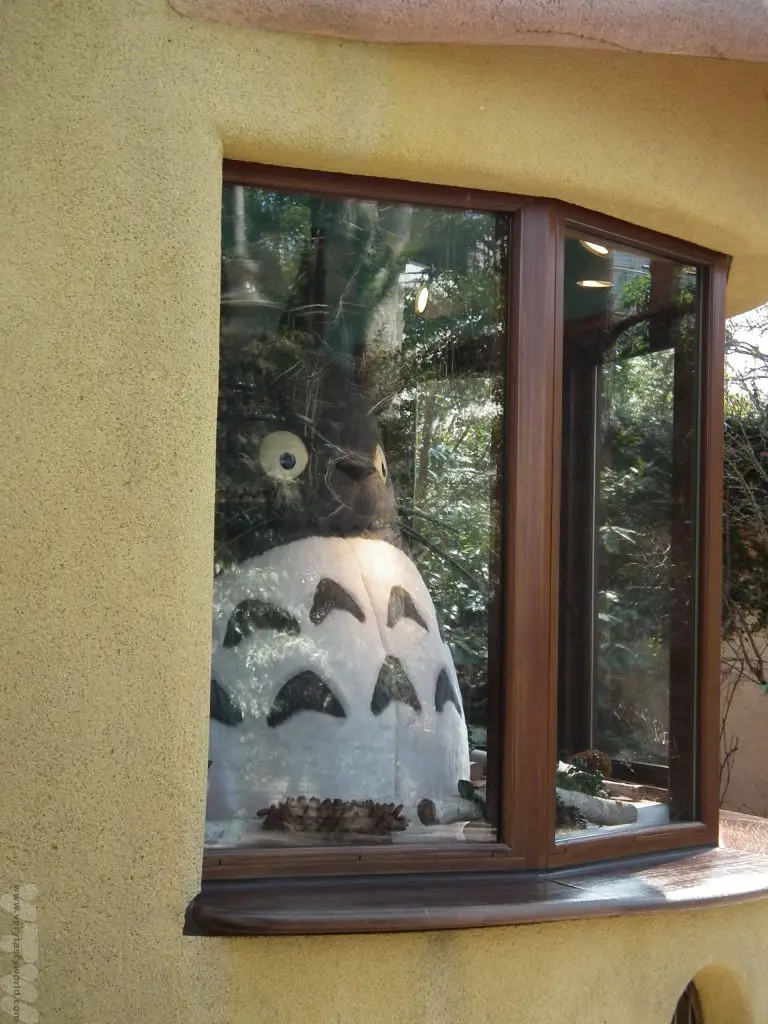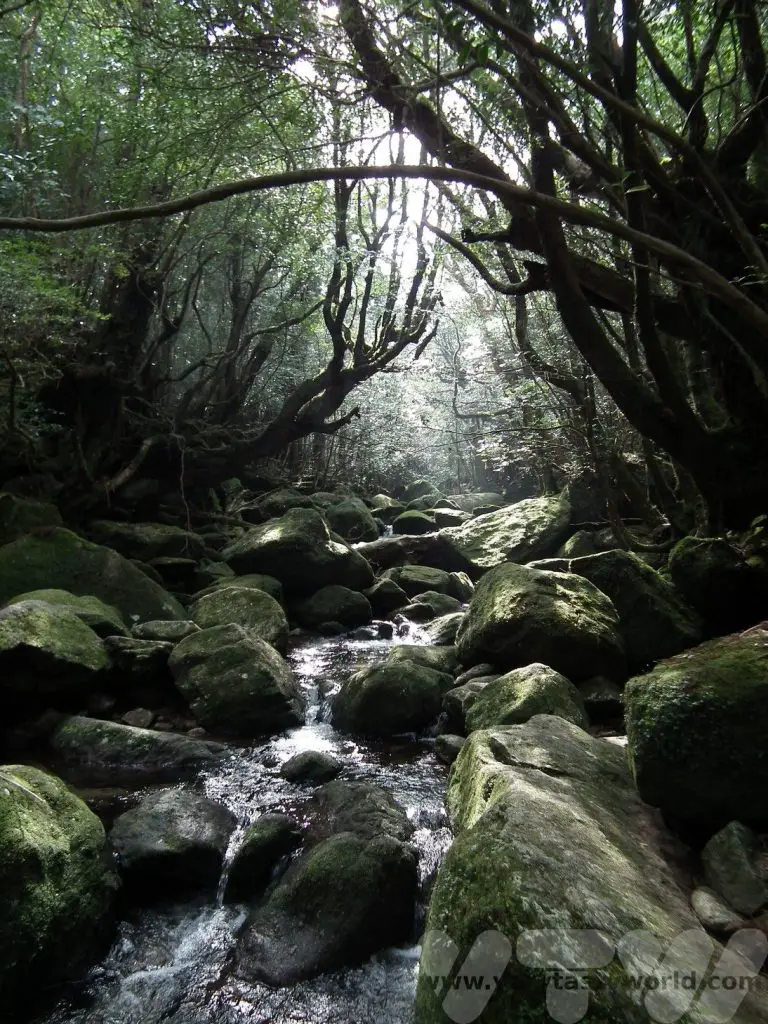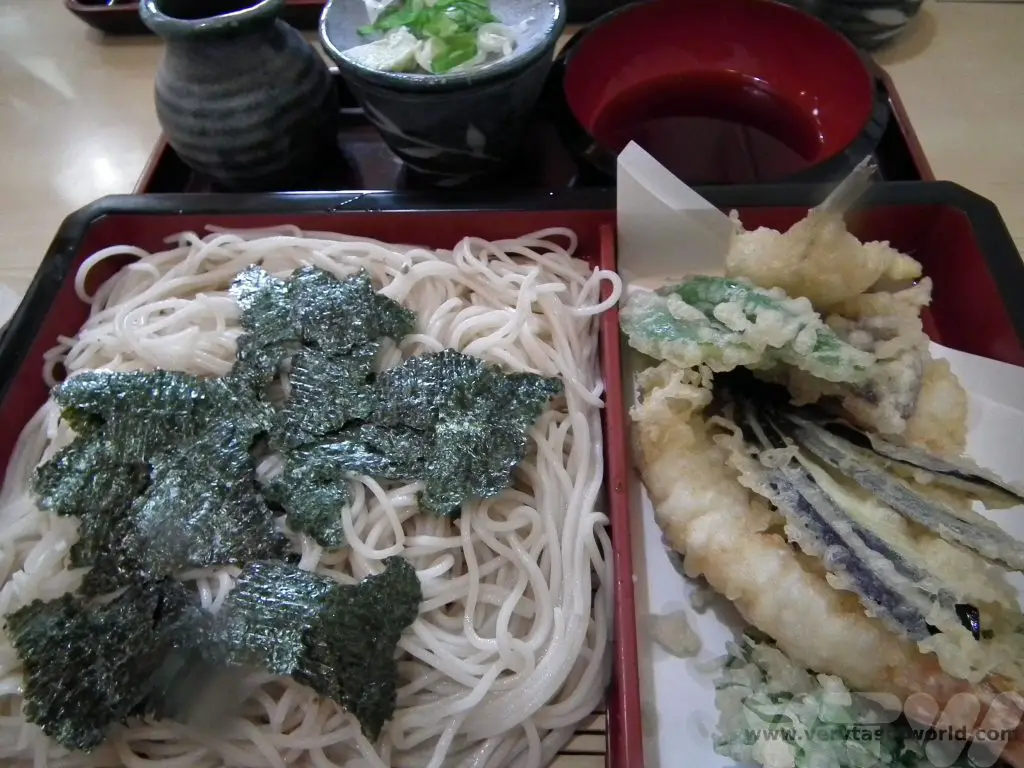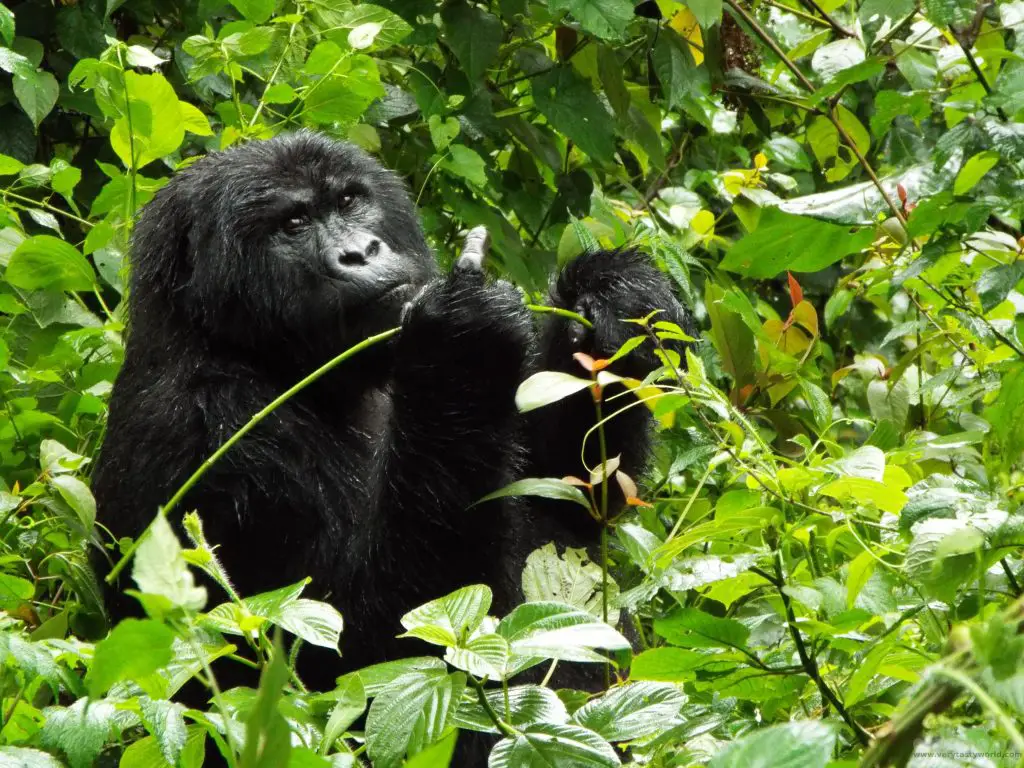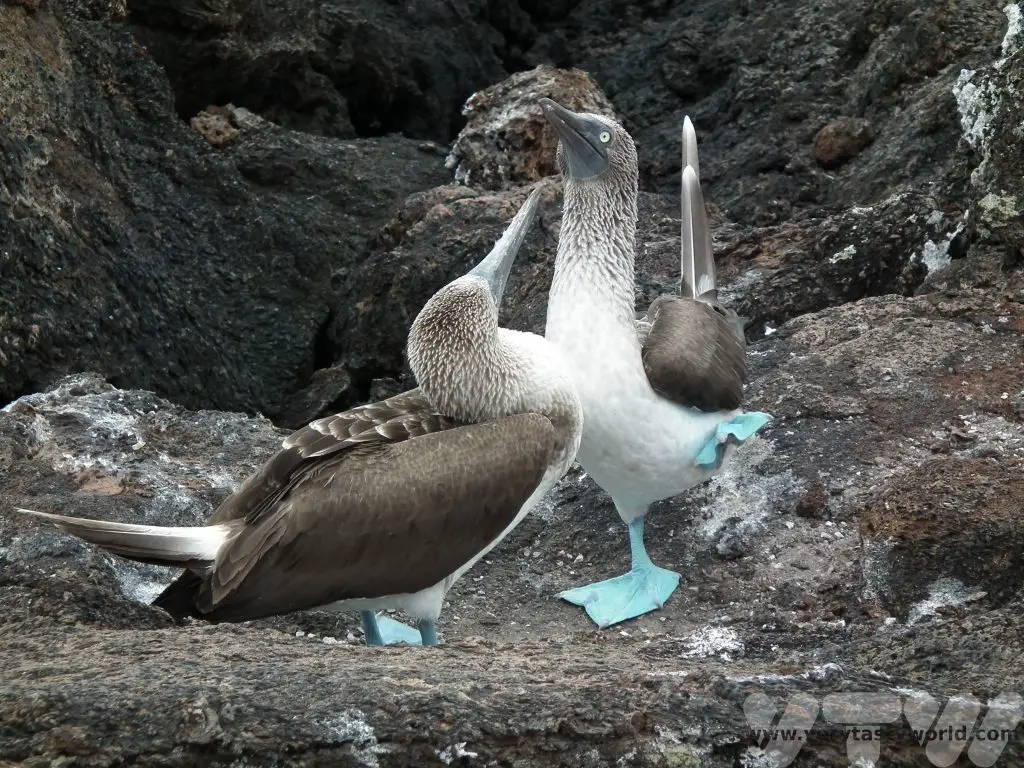Sumo Tokyo Tickets – Big In Japan
Sumo wrestling is the national sport of Japan and is steeped in tradition. The origins of sumo are thousands of years old and it is thought to have originated in the Yayoi period in Japan (300 BCE-300 CE). There are six sumo tournaments each year and watching the sumo is a great day out. Here is a guide to what to expect at a basho and how to get sumo Tokyo tickets.
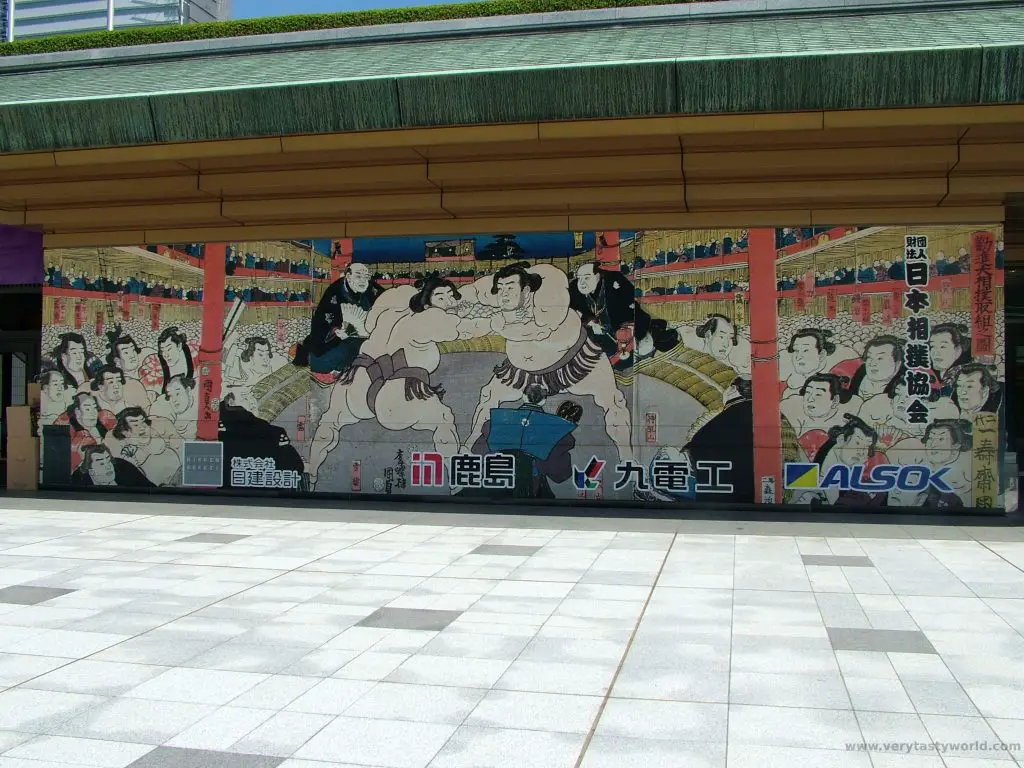
The rules are very simple: Two rikishi (wrestlers) face each other in a ring known as a dohyo, which is 4.55m in diameter. When mutual consent is given to begin, signified by each wrestler touching his fists to the floor, the bout commences. A rikishi loses when he is either forced out of the ring or touches the floor with any part of his body other than his feet. The wrestlers wear just a mawashi (belt), which can be grasped and used to push, throw or lift their opponent out of the ring or onto the floor. Some rikishi don’t use the mawashi and tend to have a push and thrust approach to taking on their opponent.
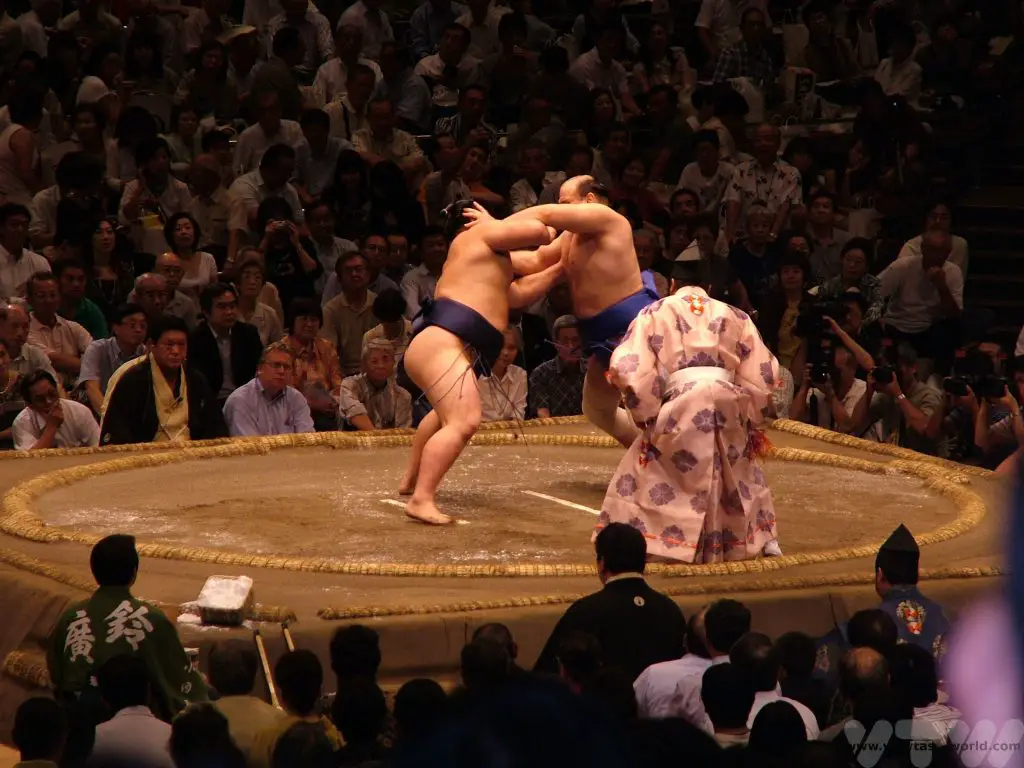
There are very few techniques that are banned, but fist punches, poking the opponent in a vulnerable area or pulling the opponent’s top knot, which is part of the chonmage (the hairstyle), are all considered to be unacceptable and any rikishi that uses these moves will automatically lose the match. A gyoji (referee), wearing robes based on medieval imperial court attire, oversees proceedings, encouraging the rikishi to spar and deciding which has won the bout. Sometimes the outcome is extremely close so additional judges sit around each edge of the dohyo in order to assess which wrestler first exited the ring or touched the floor.
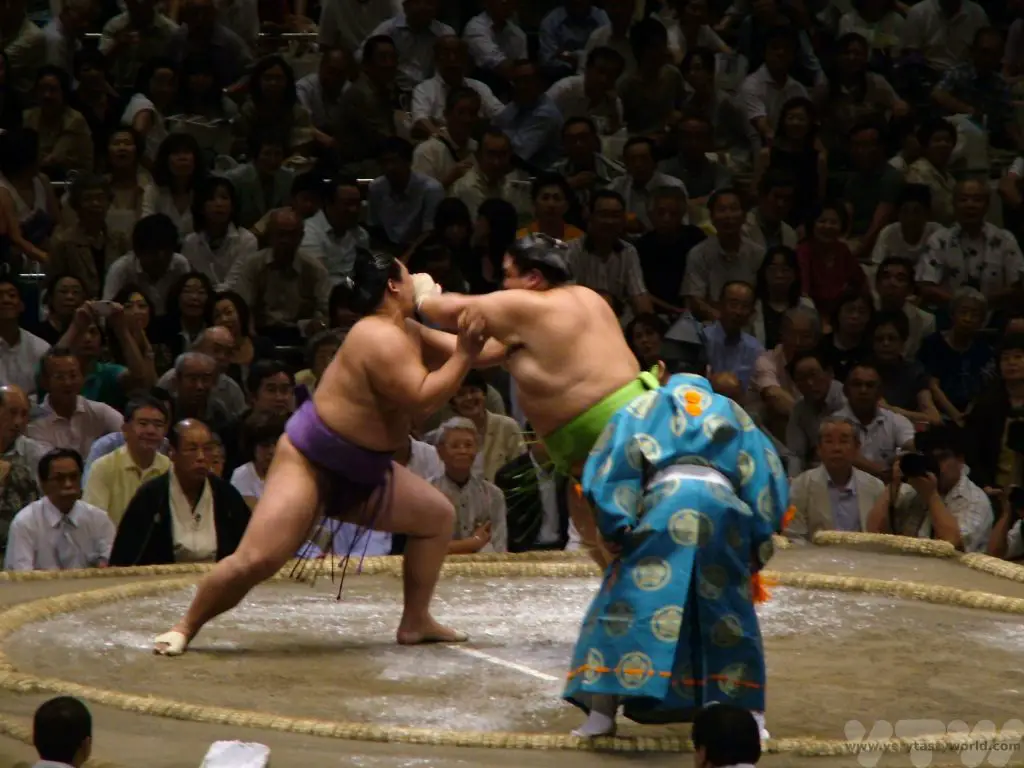
The first characteristic that most people notice about sumo wrestlers is their weight, which can be substantial. Sumo wrestlers put on weight because it is more difficult to force a heavy opponent from the ring. But they are extremely fit, flexible and agile. There are no weight categories in the sport so a 100kg wrestler could easily face an opponent twice his weight. This is also what makes sumo so exciting – weight isn’t necessarily an advantage as the smaller rikishi may be more nimble and can employ moves that outsmart their opponents.
The bout itself is often, but not always, short in duration, although there is no time limit. It is always preceded by a series of rituals that have origins both in Japan’s Shinto religion and ancient warfare. The rikishi throw salt into the ring to purify it. Other practices include wrestlers raising a leg and stamping on the ground to scare away enemies and also clapping their hands. Once ready, they take their mark and squat in a position known as shikari, facing their opponent, ready to thrust forward when the bout begins. It’s often an explosive start as two large men crash into each other and it’s hugely exciting.
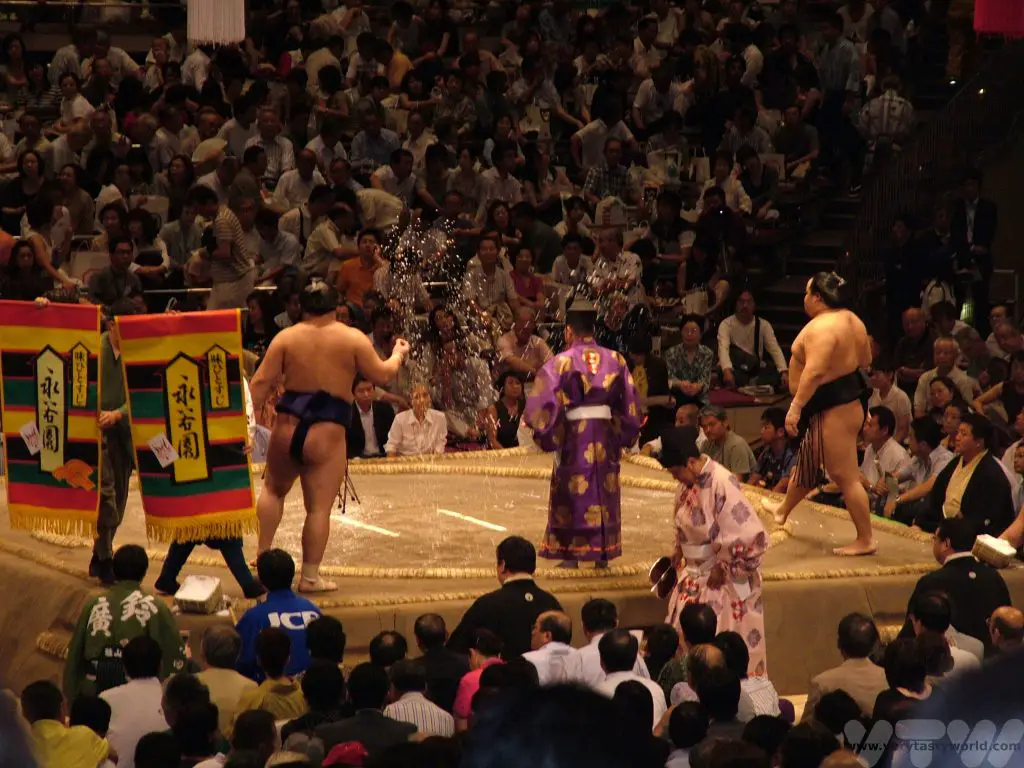
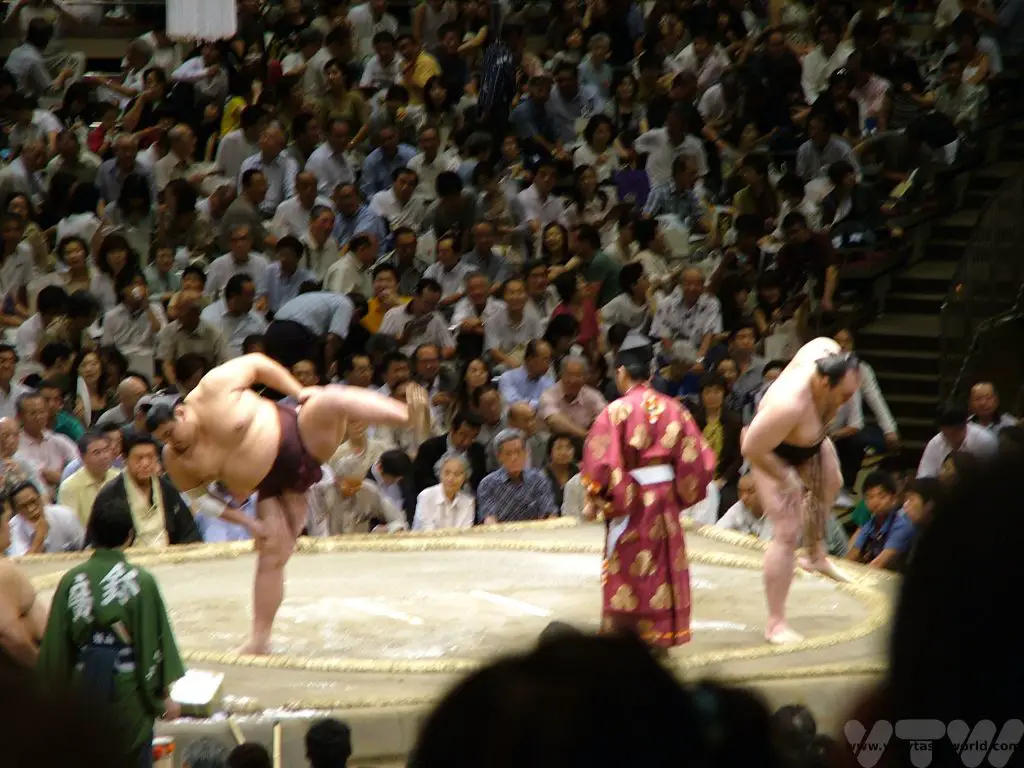
Tournament Schedule
Grand Sumo Basho, or tournaments, are held six times every year. Three are held in Toyko at the Ryogoku Kokugikan (January, May, September) and then there is one each in Osaka (March), Nagoya (July) and Fukuoka (November). (These schedules have changed a bit during the last couple of years due to Covid.) Each tournament lasts 15 days. The most popular days to attend are weekends and the final days of the basho as the excitement mounts to see who will win the Emperor’s cup. We were honoured to be invited to the sumo by a family friend a few years ago. It made for the most excellent entertainment. The tournament schedule can be found at the Japan Sumo Association website.
The Ryogoku Kokugikan dohyo in Tokyo is located just a two minute walk from the JR Sobu Line Ryogoku Station West Exit (useful if you have a JR pass), or five minutes walk from the Toei Ryogoku Station A3 exit on the Toei Subway Oedo Line. The Ryogoku Kokugikan is easy to find and outside you will see the brightly coloured flags bearing the rikishi names lining the route to the entrance.
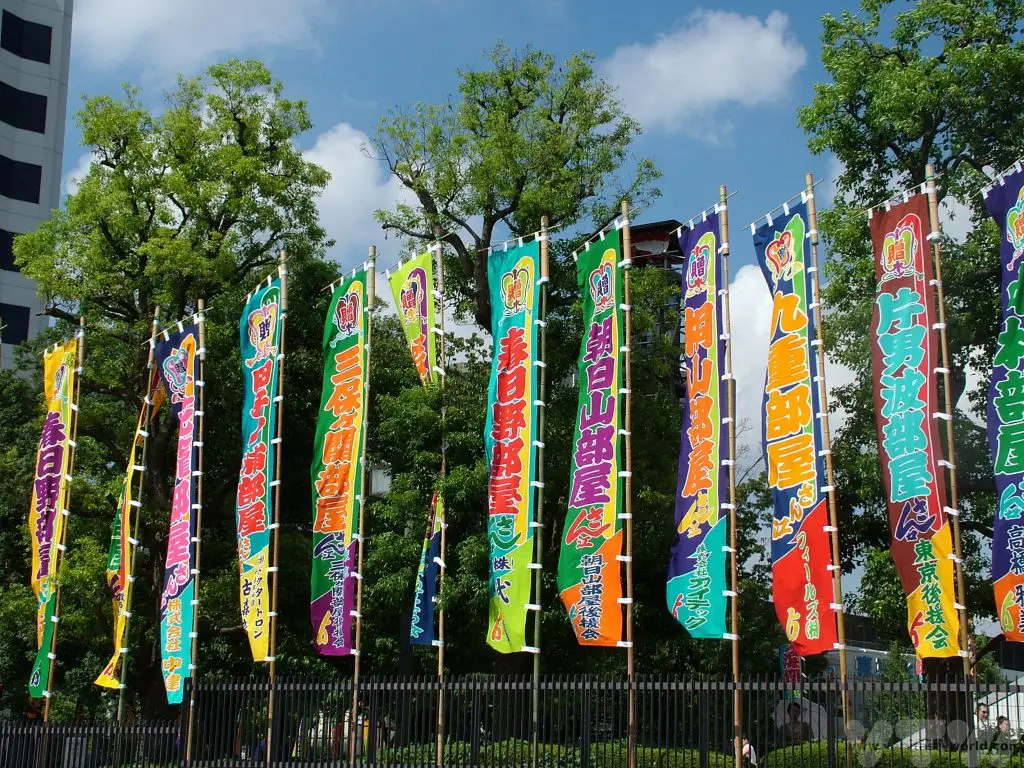
Sumo Tokyo Tickets
There are various tiers of ticket available and the most popular seats do sell out quickly. Ringside tamari seats are the most expensive. They are the closest you can get to the action and sometimes audience members can be a little too close if an energetic bout results in a wrestler falling on top of them!
Box seats are designed for either four or six people and you have to buy all the seats within the box. This suits a group of people viewing together. They have a tatami mat base and cushions. The boxes closest to the dohyo are more expensive and they become progressively cheaper the further back they are located. The box seats are very popular.
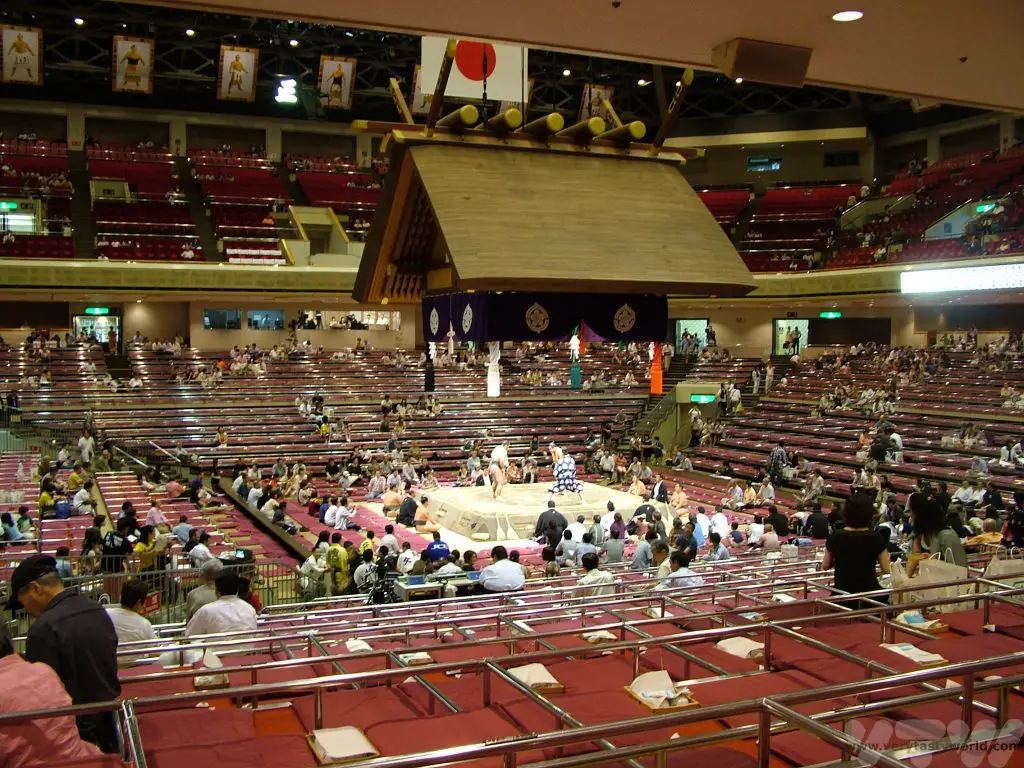
Arena seats are located on the upper floor in a standard tiered seating arrangement, further away from the action but they offer a good view at a much cheaper price. For the die-hard fan who cannot pre-order tickets, jiyu seki, (free-seating tickets), located right at the top of the building just below the rafters, can be purchased each day at the Kokugikan from 8am. These will go quickly though and if you want some, you may well need to start queuing very early in the morning.
The tickets are valid for the entire day and bouts start from around 8:30am. Sumo is divided into a number of divisions and the lowest ranked wrestlers will spar earliest in the morning. As the day progresses and the higher ranked rikishi start making an appearance the stadium will slowly fill up. By the time the Makunouchi (the highest division) commences the Kokugikan will be full and the atmosphere incredibly lively as the audience members support their favourite rikishi. You can buy banners, t-shirts and other souvenirs at the concession stands.
Watching The Sumo In Tokyo – Make A Day Of It
On arrival at the Kokugikan main entrance, if you have tickets, you will be guided to your seat. It is possible to pre-arrange a bento and drinks. (Alcohol is allowed.) The stadium even has its own kitchen in the basement. There, they make yakitori chicken, which is often eaten as part of the bento meal. There is a reason that chicken is on the menu – it is a bird that stands on two feet, something that the rikishi most definitely want to emulate. It’s also absolutely fine to bring your own food and drink if you wish.
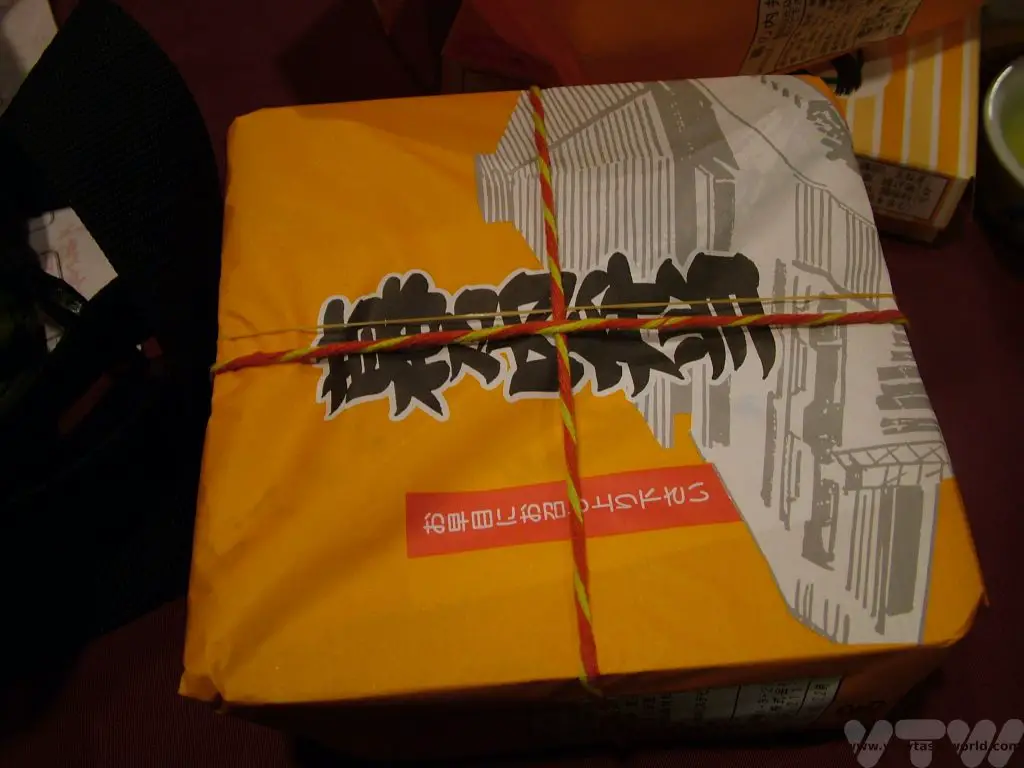
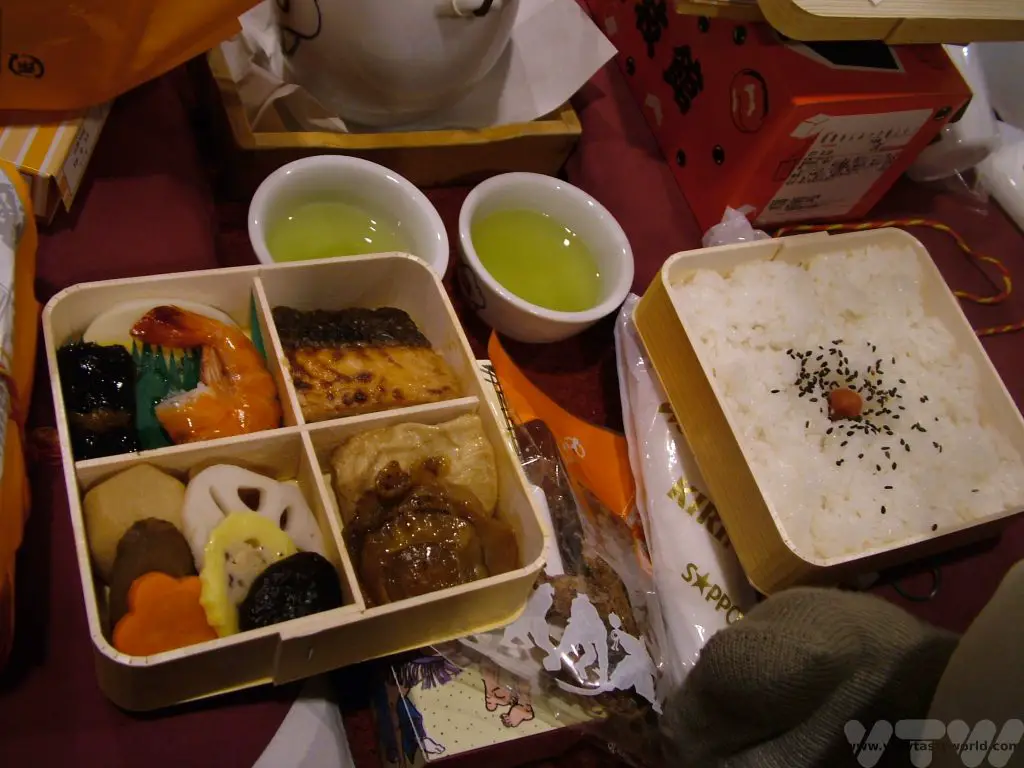
Then it’s a case of sitting back and watching the action, whilst enjoying delicious food, a cup of green tea and, later on, a few beers as well.
You will often see the banners from sponsors of a particular rikishi parade around the dohyo before the bout. These organisations put up prize money for their sponsored wrestler. If he wins, he receives cash in an envelope offered by the gyoji but if he loses, his opponent wins the prize. The higher ranked and more popular the wrestler the greater the number of envelopes. If a lower ranked rikishi beats an ozeki (second highest rank) or Yokozuna, he wins a magnificent wadge of cash.
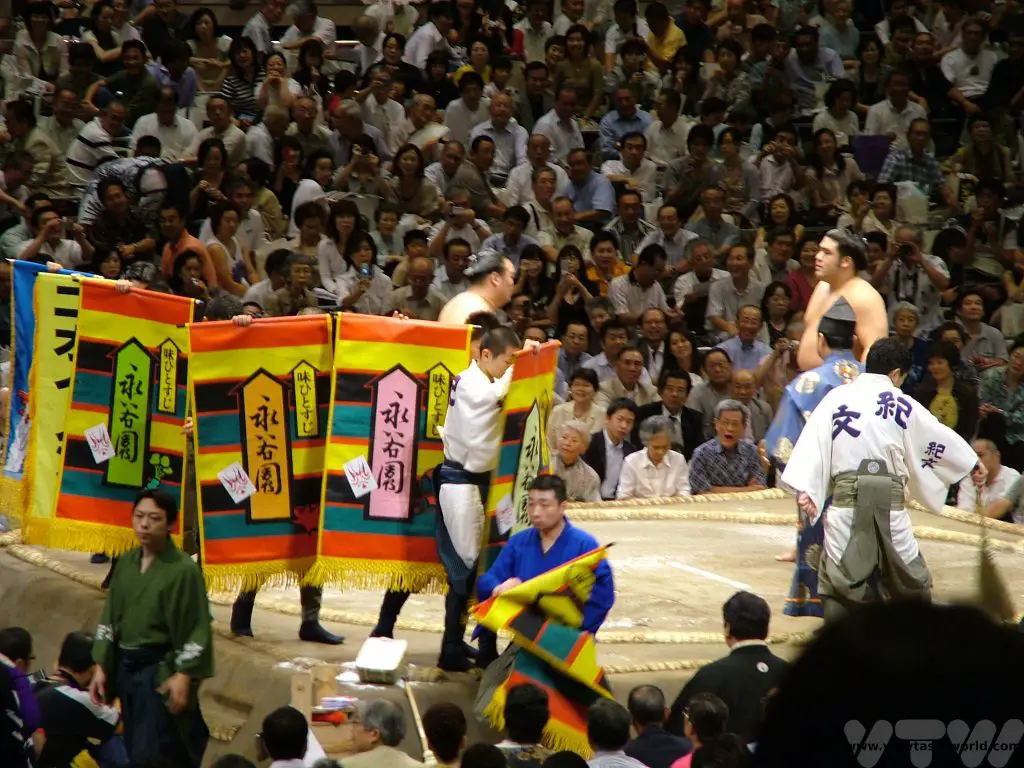
One of the wonderful things about when you watch the sumo in Tokyo is that you can wander around the arena between bouts and will often see rikishi in their yukata (light cotton kimono). More often than not, they are happy to pose for photos.
When it’s time for the Makunouchi bouts, the top tier rikishi will enter the dohyo wearing their keshō-mawashi, which are beautifully decorated ceremonial silk aprons, and form a circle. They perform a number of symbolic movements together before they leave and prepare for their bouts.
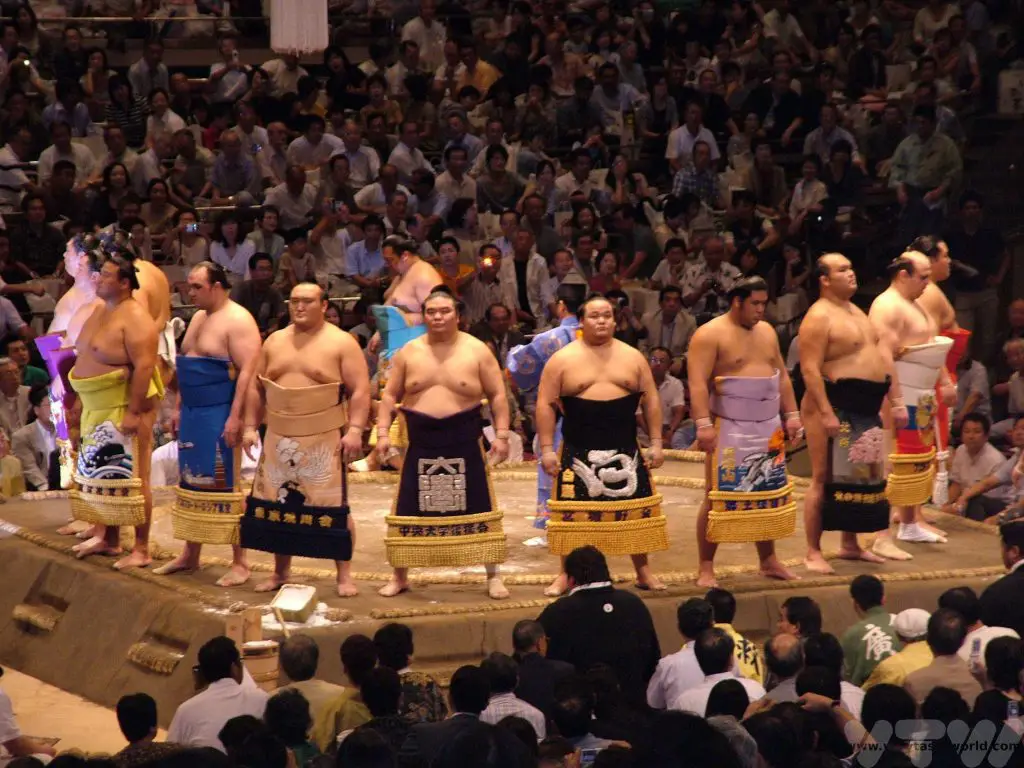
The Yokozuna, accompanied by two top division wrestler ‘assistants’ then enters the dohyo, wearing a tsuna (ceremonial rope, the word Yokozuna literally means ‘horizontal rope’) around his waist, to perform the ring entering ceremony. There are two types and the Yokozuna will choose which one he will perform soon after his promotion.
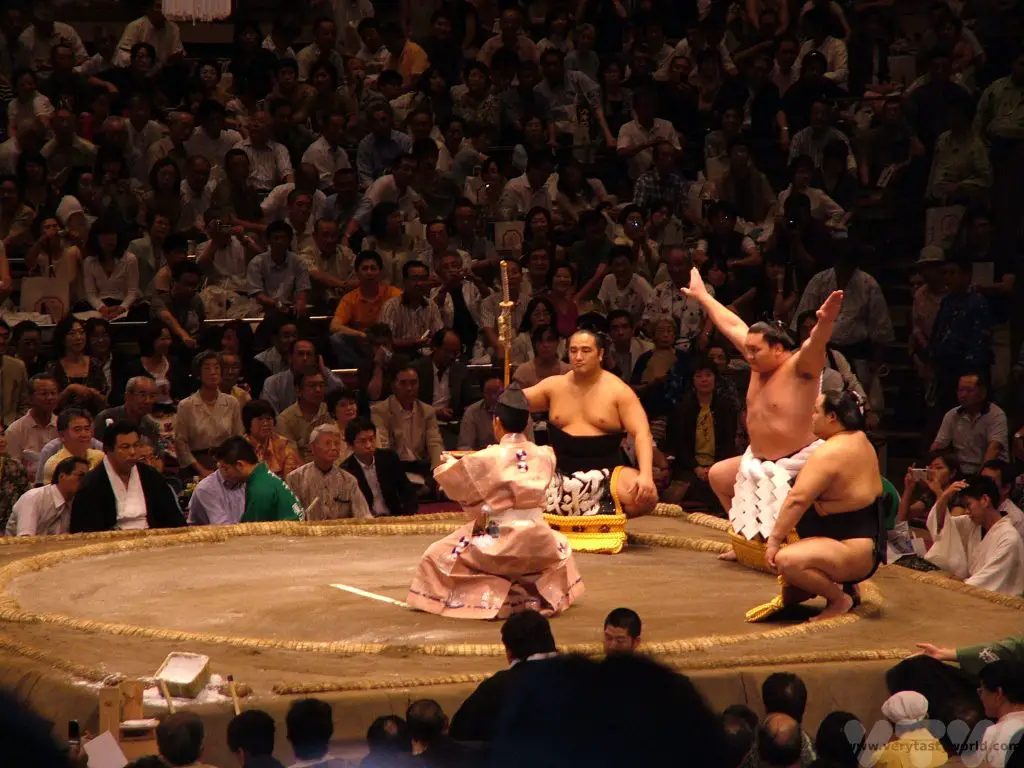
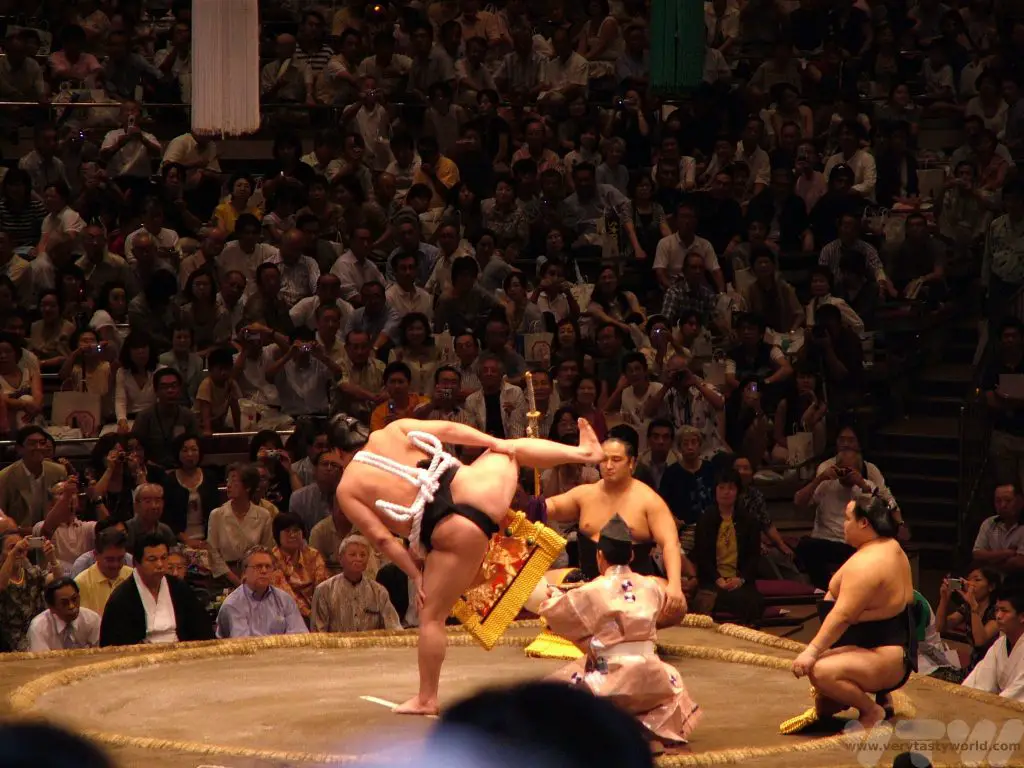
The highest ranked wrestlers fight the final bouts and the crowd become increasingly excited. When the very last bout has been fought, there is a closing bow-swirling ceremony – another ritual steeped with symbolic meaning.
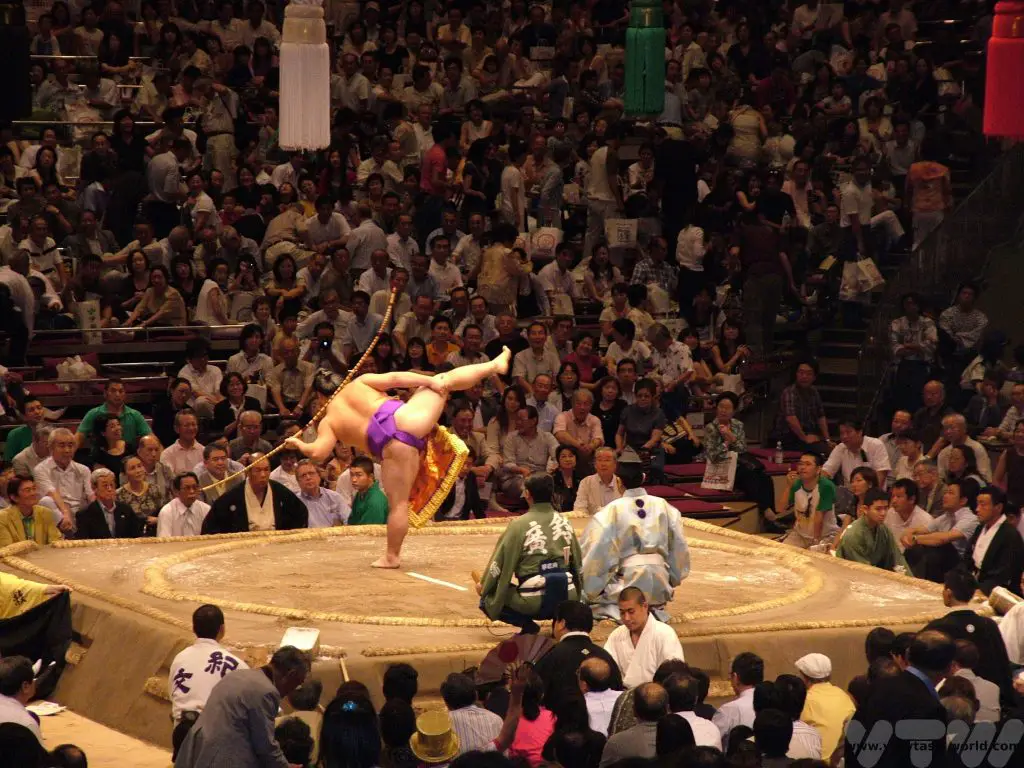
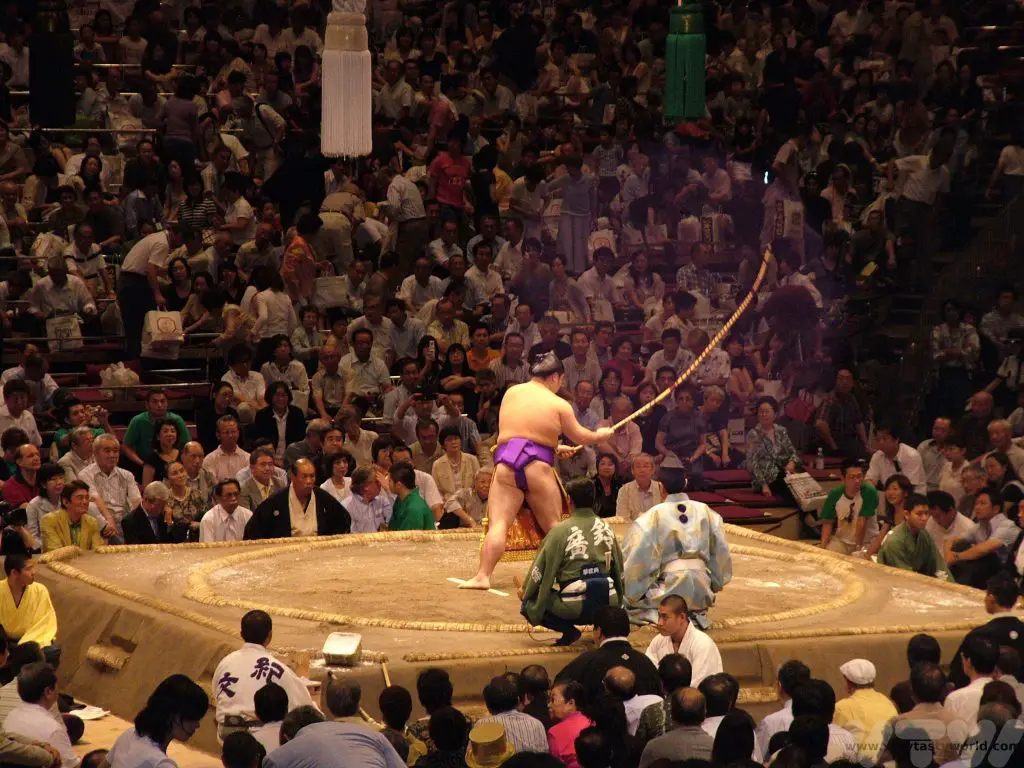
Sumo Chanko Nabe Restaurant
And what better way to round off a wonderful day’s entertainment watching the sumo than going out for dinner at a local restaurant? Of course the only meal we could have was chanko nabe – sumo stew. This is the meal that sumo wrestlers eat at their stables in large quantities after their training sessions. (They go to sleep after eating chanko nabe and this helps them gain weight.) It’s filling and nutritious and, importantly, delicious. It’s a great sharing dish – a hot pot that sits in the middle of the table and everyone helps themselves. It comprises meat and vegetables, sometimes with seafood and tofu, that simmers in a dashi broth (a recipe for dashi can be found here). Sometimes sake or mirin is added to the broth to add flavour. There is no specific recipe which means that loads of scrumptious variations are possible. Unsurprisingly, there are a cluster of chanko nabe restaurants in the Ryogoku area.
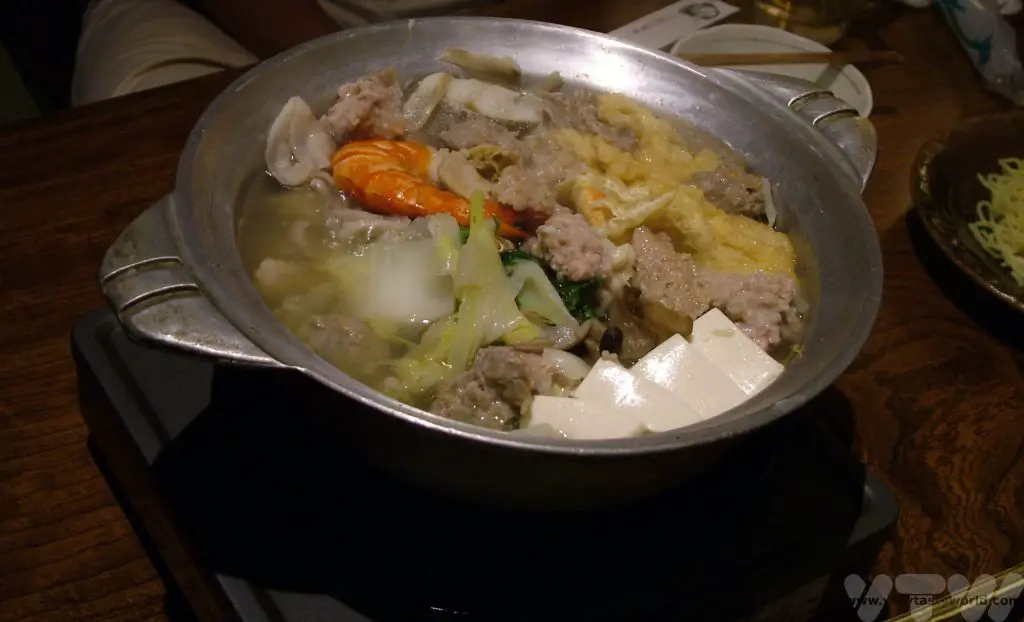
If you are visiting Tokyo at a time when there is no basho tournament, it is possible to watch sumo wrestlers training in their stables. There is no cost to this but you’ll have to get up early as they usually train between 7:30 and 10am. You generally don’t get to enter the stable itself but can watch through a large window. Alternatively there are some guided tours that will take you behind the scenes at a sumo stable.
And if you can’t get to Japan at all it is possible to watch sumo basho on TV. Japan’s national broadcaster NHK World present the highlights from each day over the entire fortnight. The first and final day’s events are also shown live.
If you are likely to be in Tokyo at the time of a basho we highly recommend trying to obtain tickets for the sumo. It really is the most lovely way to spend a thoroughly enjoyable afternoon watching this unique and fascinating sport.
Related Posts You May Enjoy

- Recipe: Simmered Shiitake Mushrooms
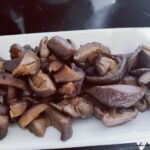
- How to Use Public Transport in Japan
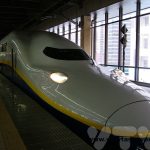
- RECIPE Oyakodon Donburi

- Planning a Trip to Japan
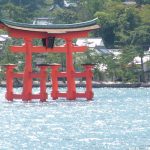
- The Makanai: Cooking for the Maiko House
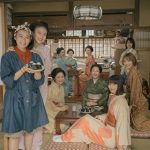
- Setsubun Food – Bean Throwing Day
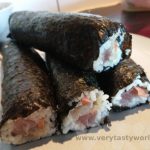
- The Gassho Farmhouses of Rural Japan
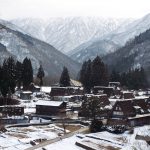
- Recipe: Japanese Simmered Pork Belly – Buta no Kakuni

- RECIPE: How to Make Umeboshi

Hokkaido’s Red Crowned Crane ‘Eggs’
Hokkaido’s red crowned cranes reside on Japan’s northern – and second largest – island, are so famous that they feature on the country’s banknotes and as the logo for Japan Airlines. Half of the world’s population of these distinctive and beautiful birds, amongst the rarest cranes in the world, reside on the eastern part of the island. The cranes mate for life and are known for their ‘dancing’ together as part of their courtship ritual. Many red crowned cranes are migratory but the ones that reside in Hokkaido are resident all year round.
It isn’t always possible to see wild cranes – wildlife being wildlife can be somewhat elusive – but the Akan International Crane Sanctuary is located close to the town of Kushiro and offers the opportunity to see these marvellous birds up close. It can be enjoyed as part of a day trip visiting the beautiful countryside surrounding the town.
Kushiro is the last stop on the line. If you’re using your JR Pass and travelling from Sapporo, the train has a logo at the front that is highly appropriate.
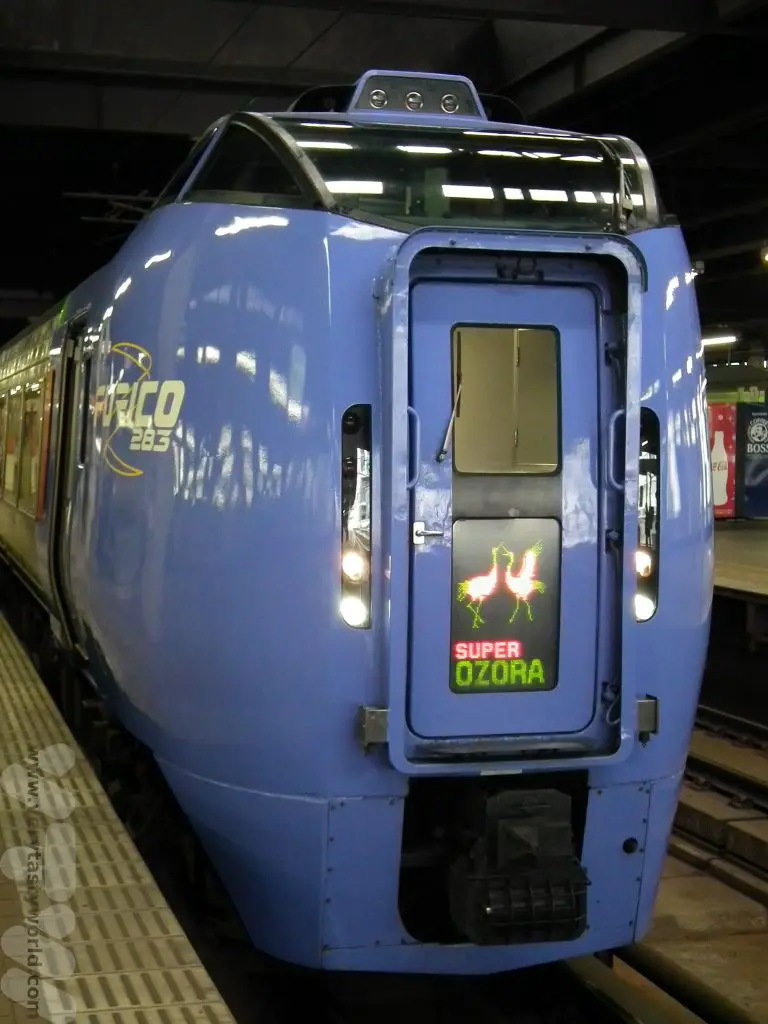
The sanctuary has information about its work which is mostly in Japanese but, like a lot of Japanese information, it uses plenty of graphics as well.
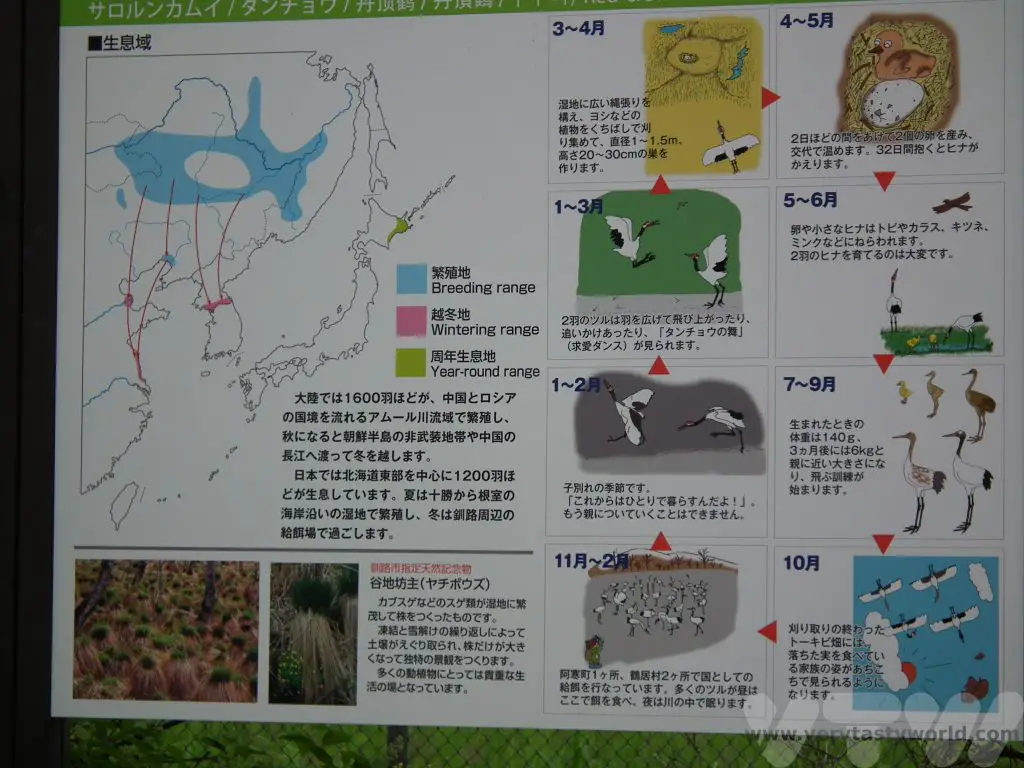
The cranes almost became extinct during the 20th century and remain on the endangered list. The centre acts as a feeding location for wild cranes and also has a number of captive cranes which are held in as natural an environment as possible making it possible to see the cranes all year round.
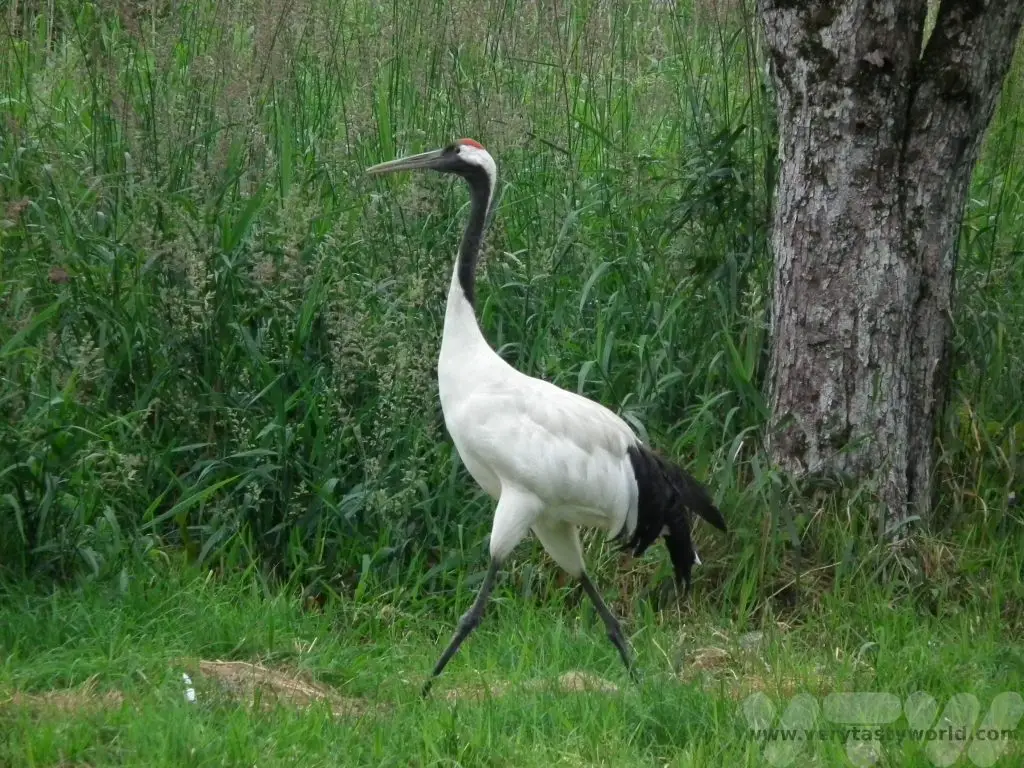
If you want to see them dancing in the snow you need to visit in winter but be prepared for loads of tourists with very expensive cameras who are all vying to snap that elusive shot of the crane couples’ fascinating dances.
The birds are able to breed. It was rather lovely to see one of the newest arrivals.
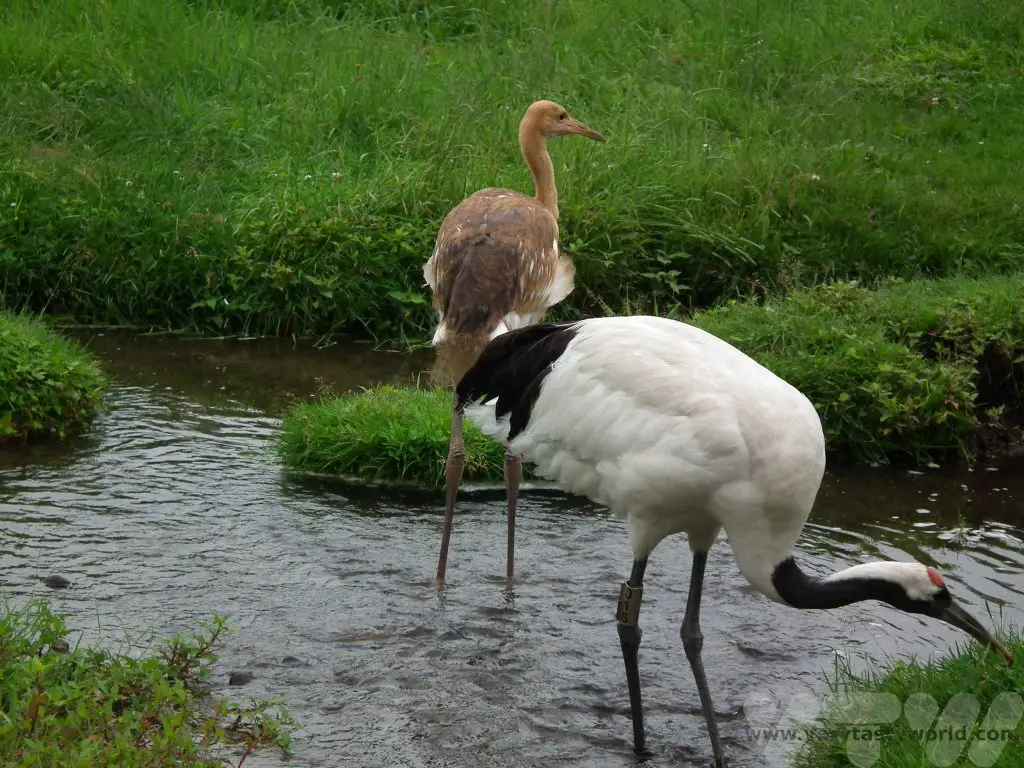
Hokkaido Red Crowned Cranes Souvenirs
And what point is there in a visit to a local tourist attraction to see Hokkaido red crowned cranes without indulging in some edible souvenirs? Made from local ingredients, you can buy ‘crane egg’ omiyage (souvenir gift), which come in presentation box.
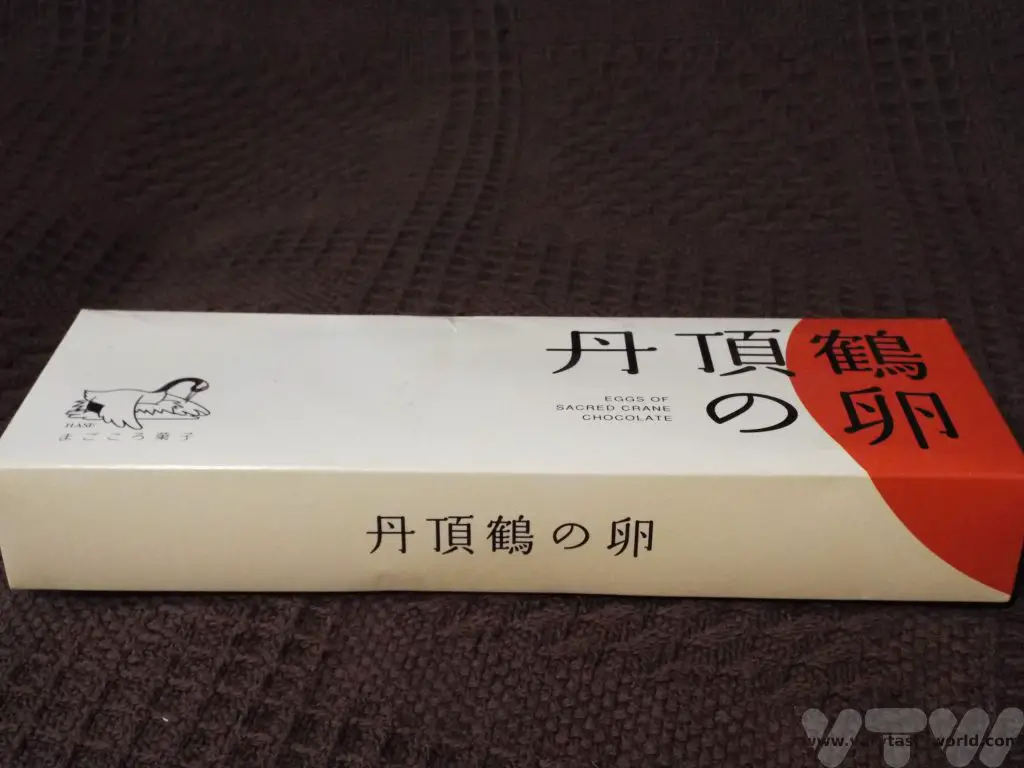
Each cake is individually wrapped with a crane logo and, on opening up each wrapper the eggs don’t look as though they survived the journey home! However, any cracks in the shell caused by a slight crushing in our rucksacks as they endured a 24 hour journey home just added to their charm.
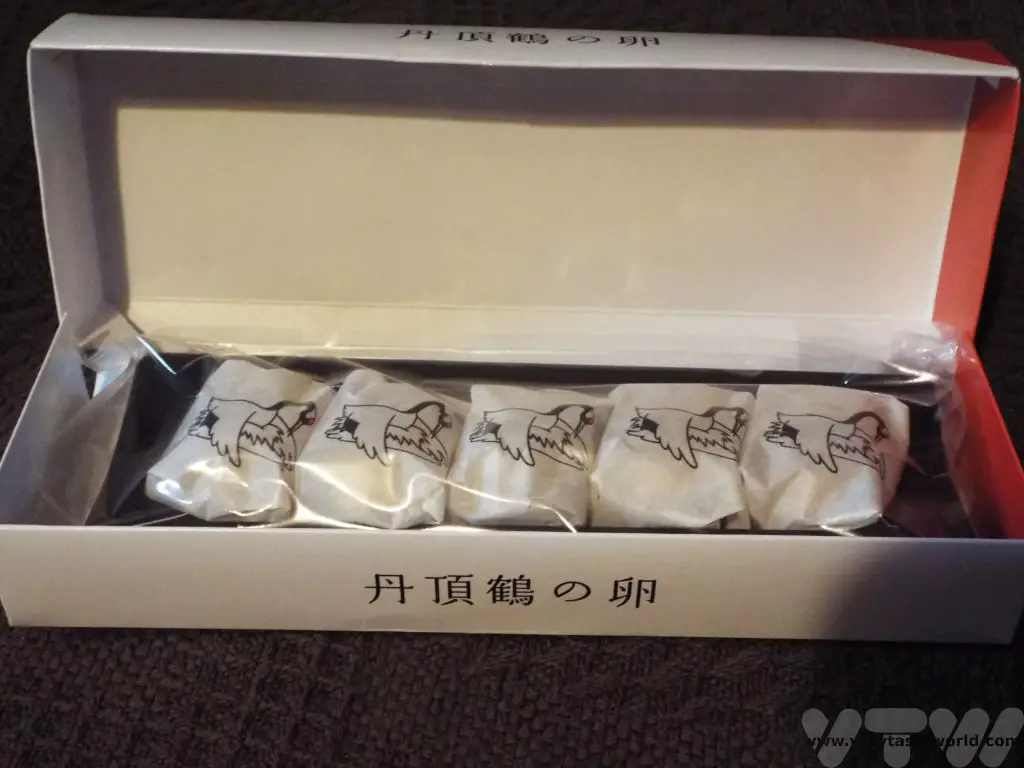
The egg’s shell is chocolate which coats hollow cake, and a soft smooth bean paste moulded into a sphere represents the yolk. The flavours are very subtle and not over-sweet. Our only complaint would be that they are much smaller than actual crane eggs and vanish in just three bites.
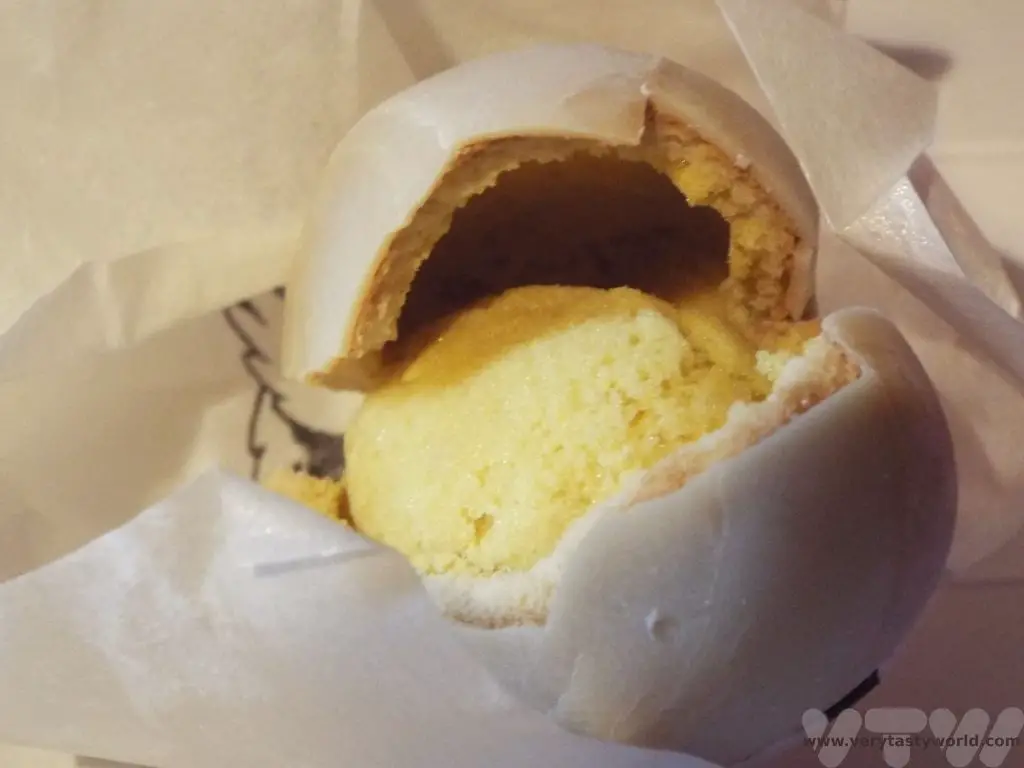
Related Posts You May Enjoy

- Recipe: Simmered Shiitake Mushrooms

- How to Use Public Transport in Japan

- RECIPE Oyakodon Donburi

- Planning a Trip to Japan

- The Makanai: Cooking for the Maiko House

- Setsubun Food – Bean Throwing Day

- The Gassho Farmhouses of Rural Japan

- Recipe: Japanese Simmered Pork Belly – Buta no Kakuni

- RECIPE: How to Make Umeboshi

Cheesy Snacks on a Kyiv Walking Tour, Ukraine
Kyiv is a great city for a walking tour. Its size is such that it is possible to see many of the sites on foot but it also has a great public transportation system. The metro, like many underground subways constructed during the Soviet era, has beautifully ornate stations.
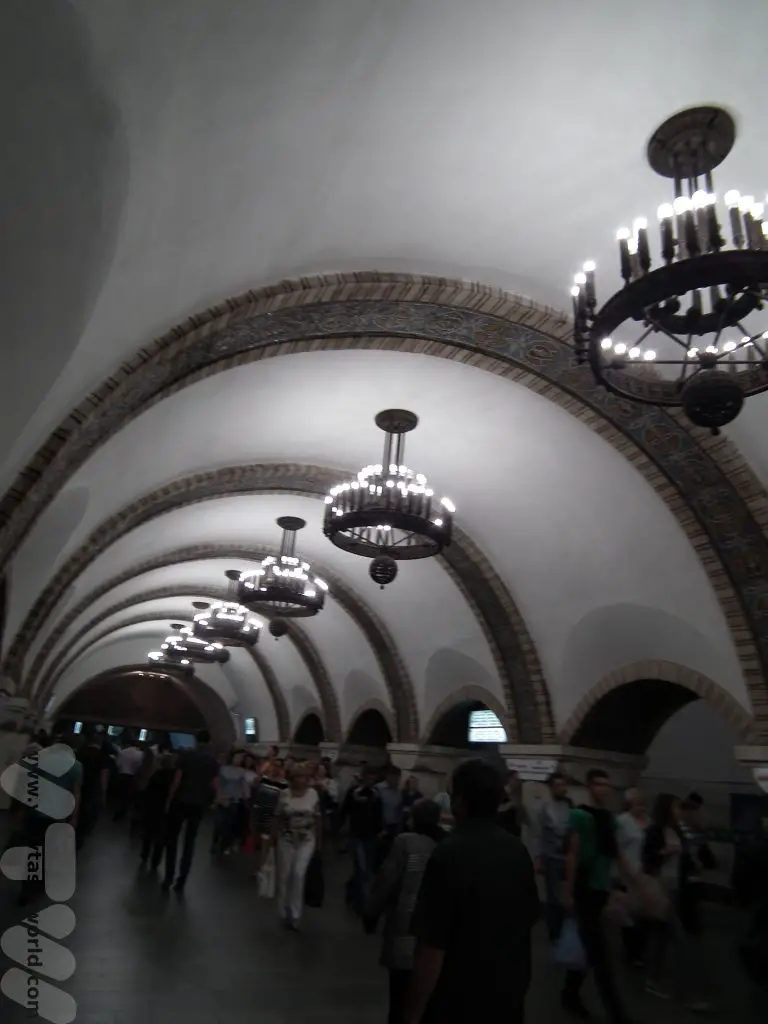
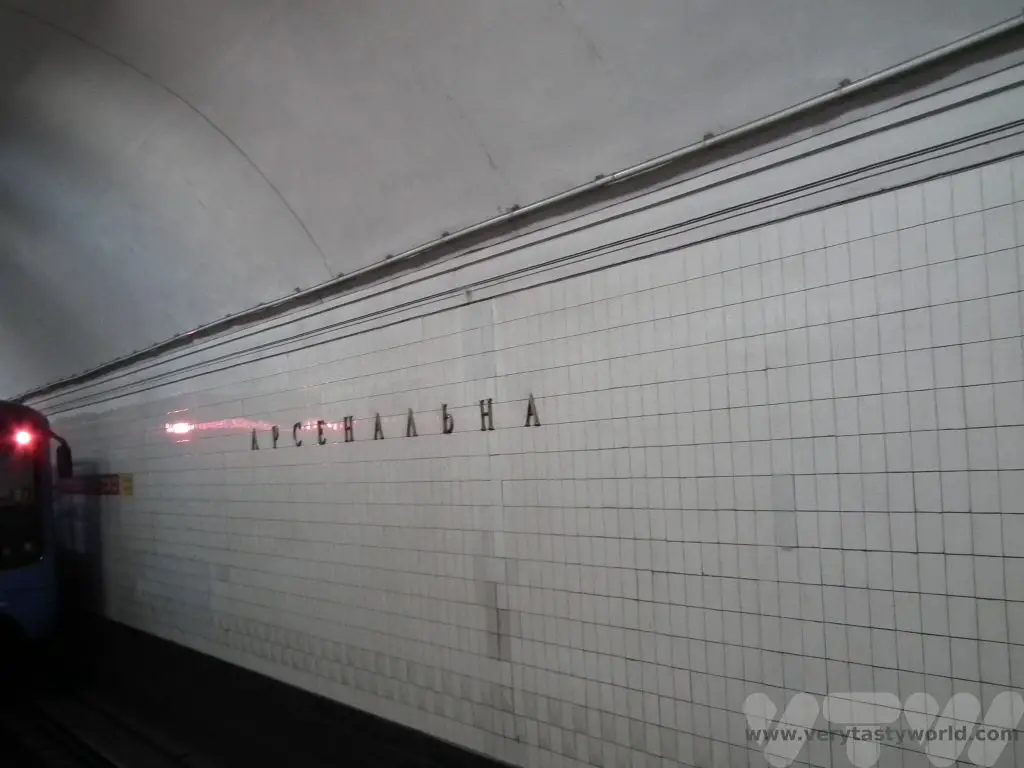
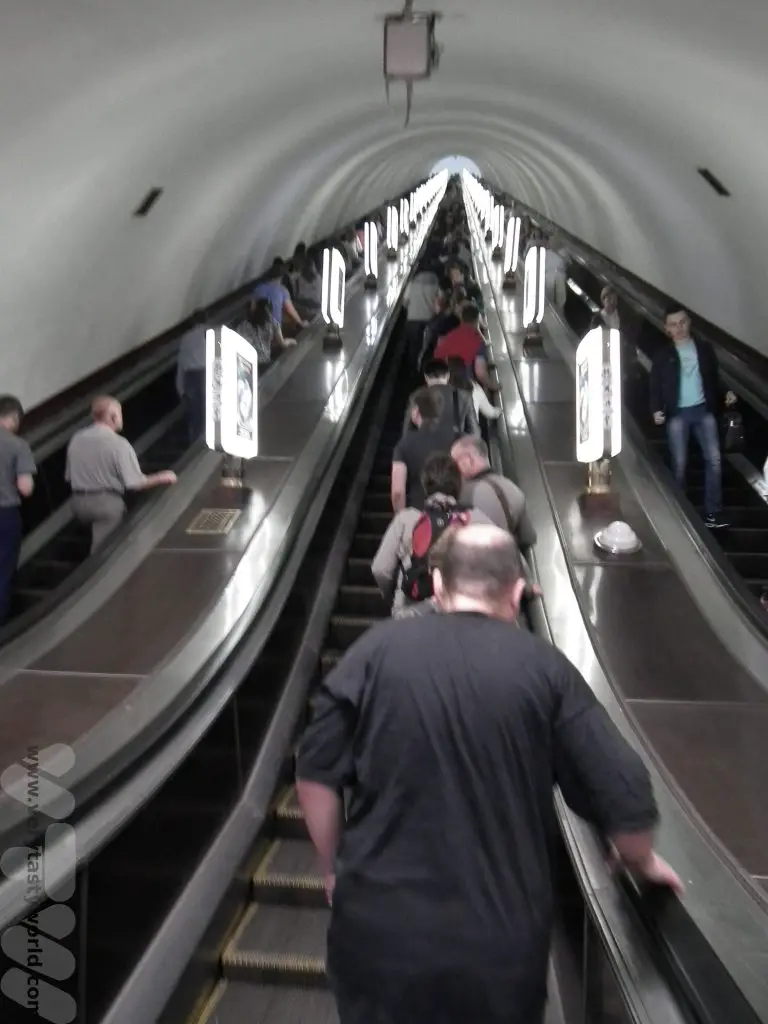
Arsenelna is the deepest underground station in the world. At 105m below ground level it has two escalators and it takes over 5 minutes to get to the surface from the platform.
A 10-15 minute walk from this station conveniently takes you to Pechersk Lavra, the oldest and most important church complex in Ukraine, originally founded as a cave complex in the 11th century. There are a number of churches and museums across an extensive site. You can visit the caves located below and explore the catacombs.
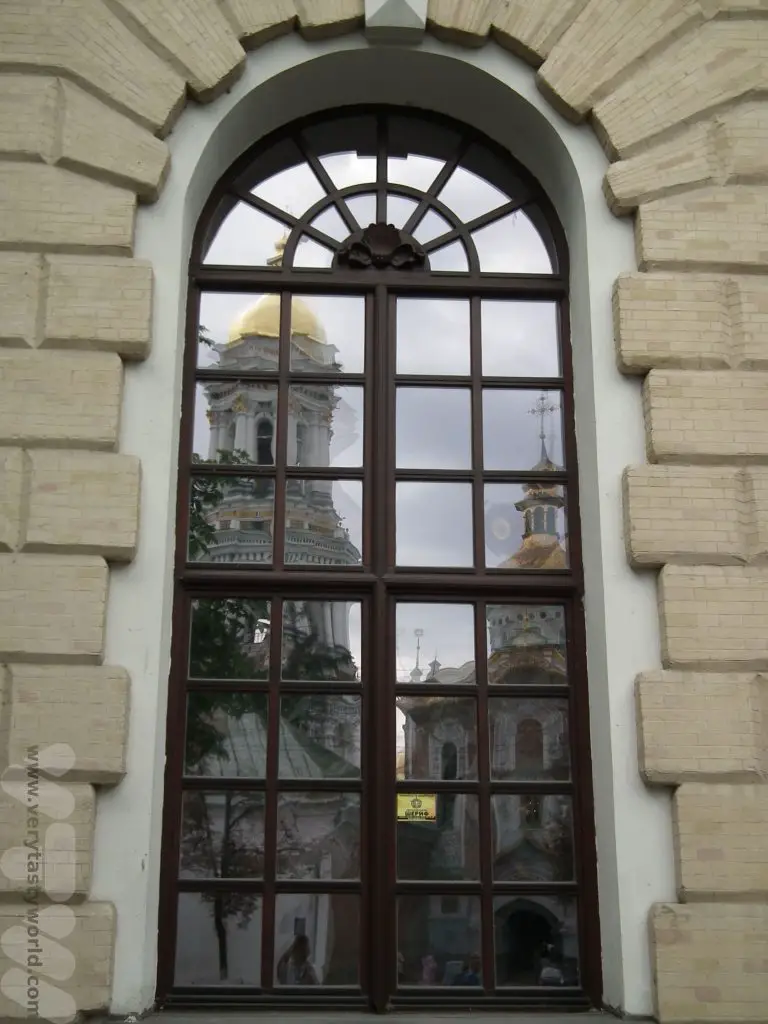
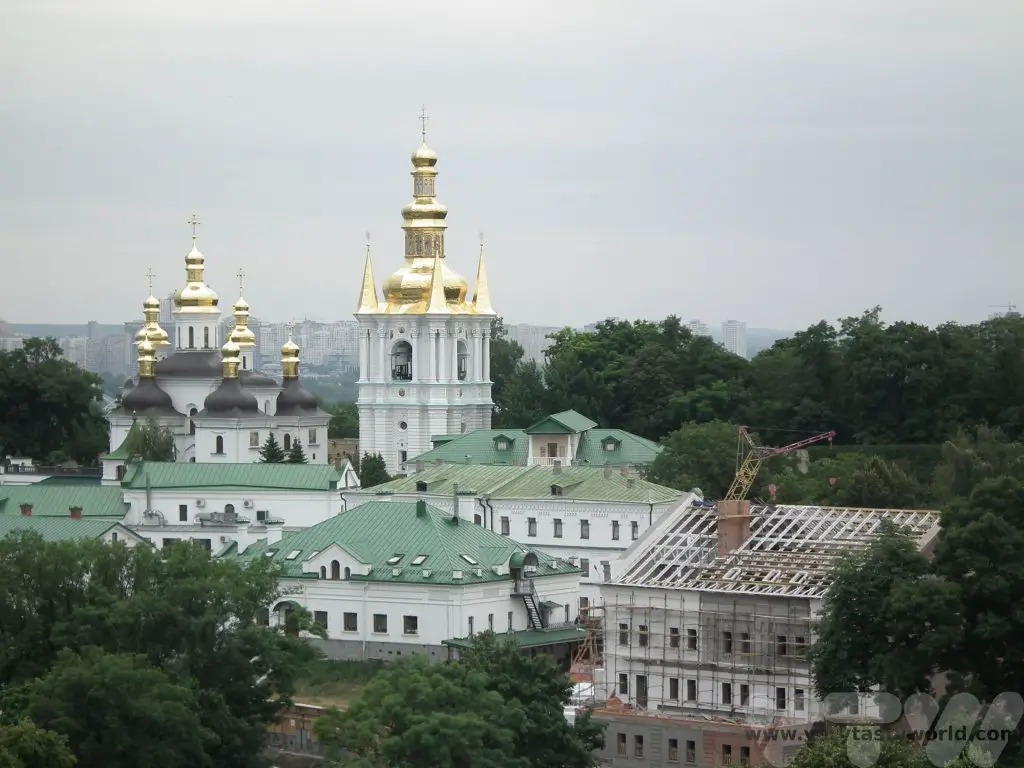
Also located in the complex, and totally unrelated to the religious buildings, are a number of museums connected with Ukrainian cultural history. Additionally, there is the remarkable micro-miniatures of Mykola Syadristy museum. The exhibition comprises a large number of micro artworks, so teeny that you have to view them through a magnifying glass.
Leaving Pechersk Lavra the walk then took us through the nearby Holodomor Memorial Park commemorating the famine which killed millions of Ukrainians at the hands of the Soviet Government in 1932-33 and is now considered to be a genocide.
Just across Poshtova Square is the Kyiv river port complex on the bank of the Dnieper river. The passenger terminal has typically Soviet architecture and the central turret is meant to represent the tower of a steamboat. This is a historic part of the city that also has a large number of shops and restaurants in the area. There’s also a funicular that will take you up the hillside to give a great view of the city and river.
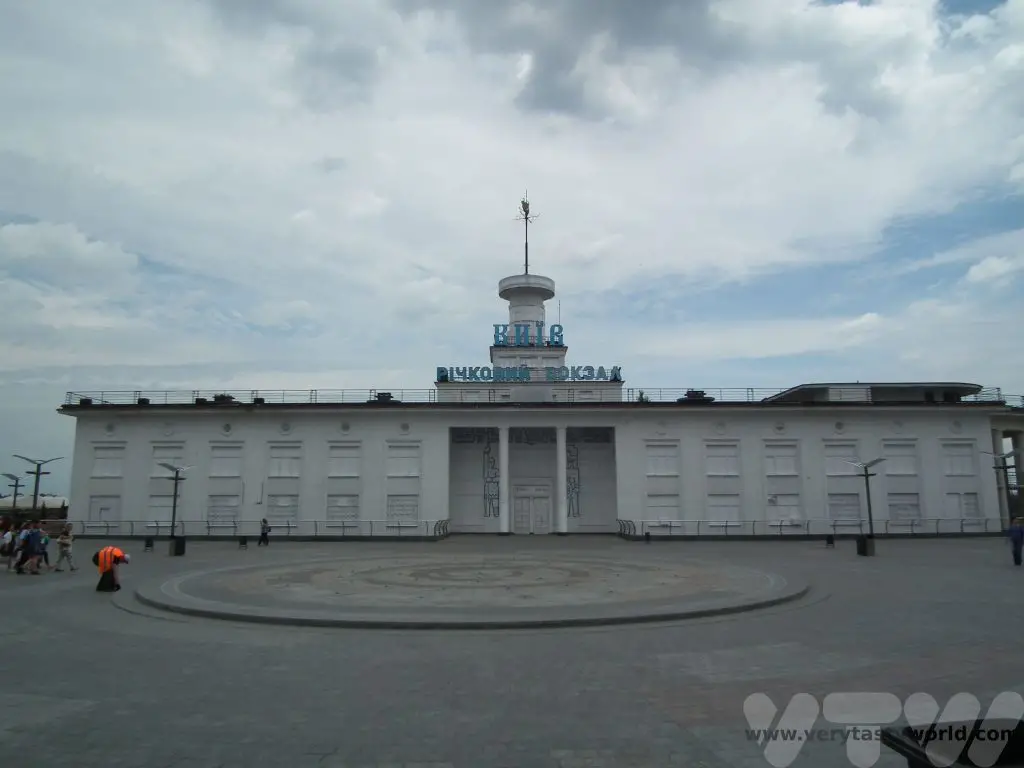
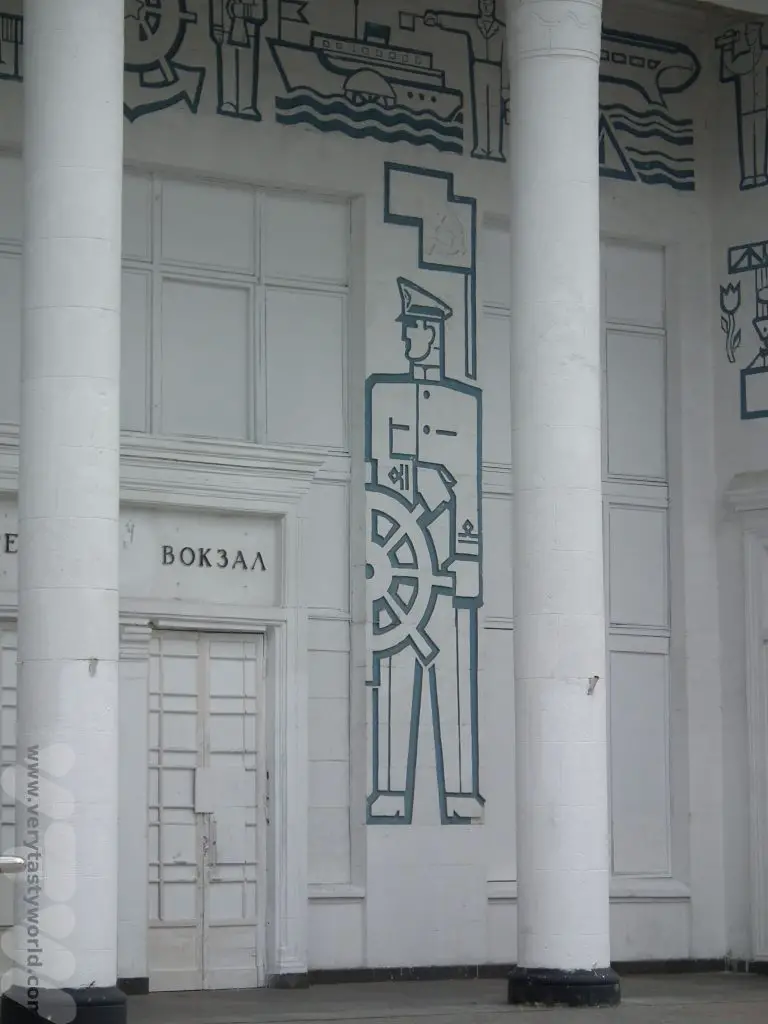
Continuing the walk, heading northwards, there is a lot of interesting street art to enjoy…
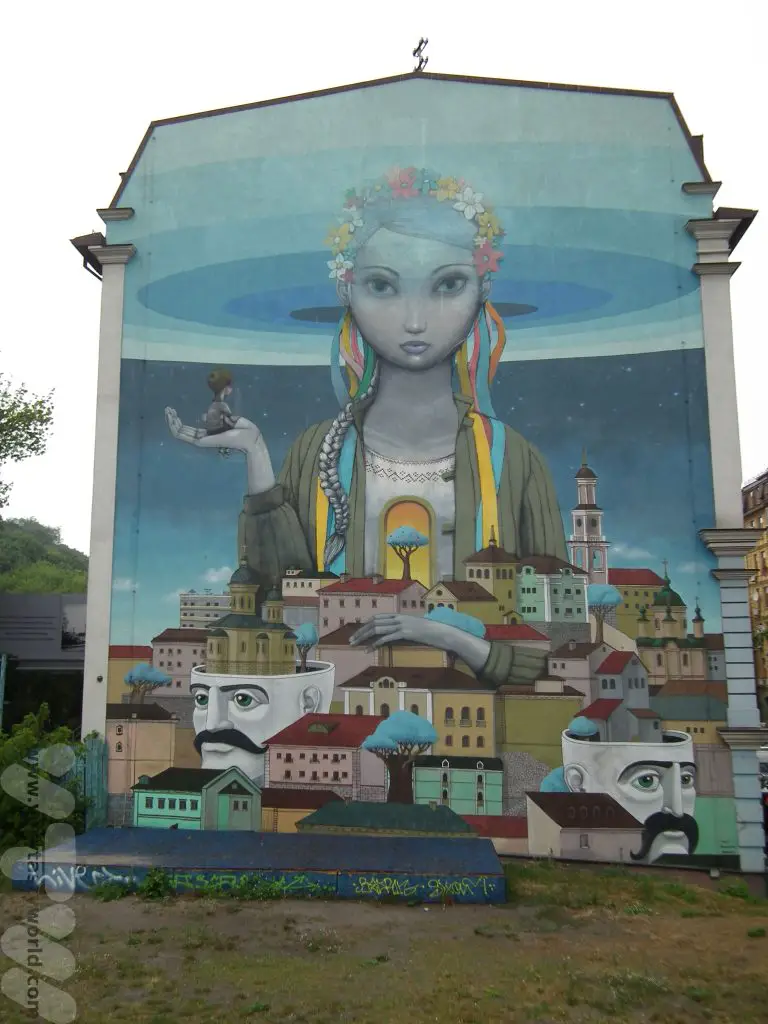
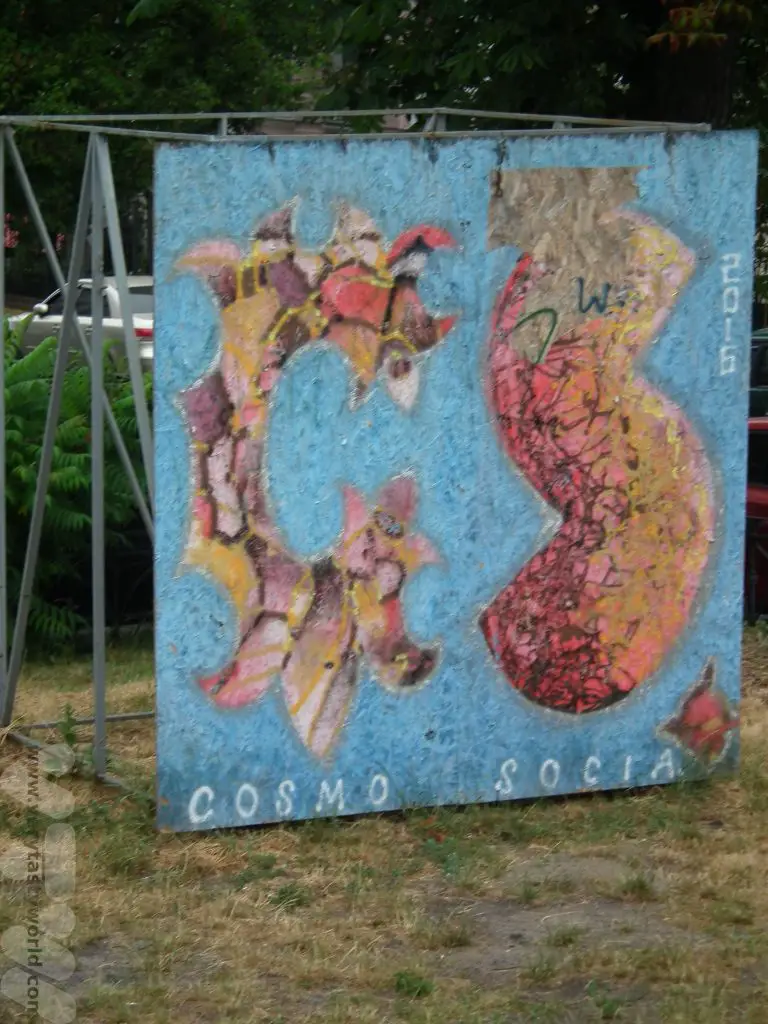
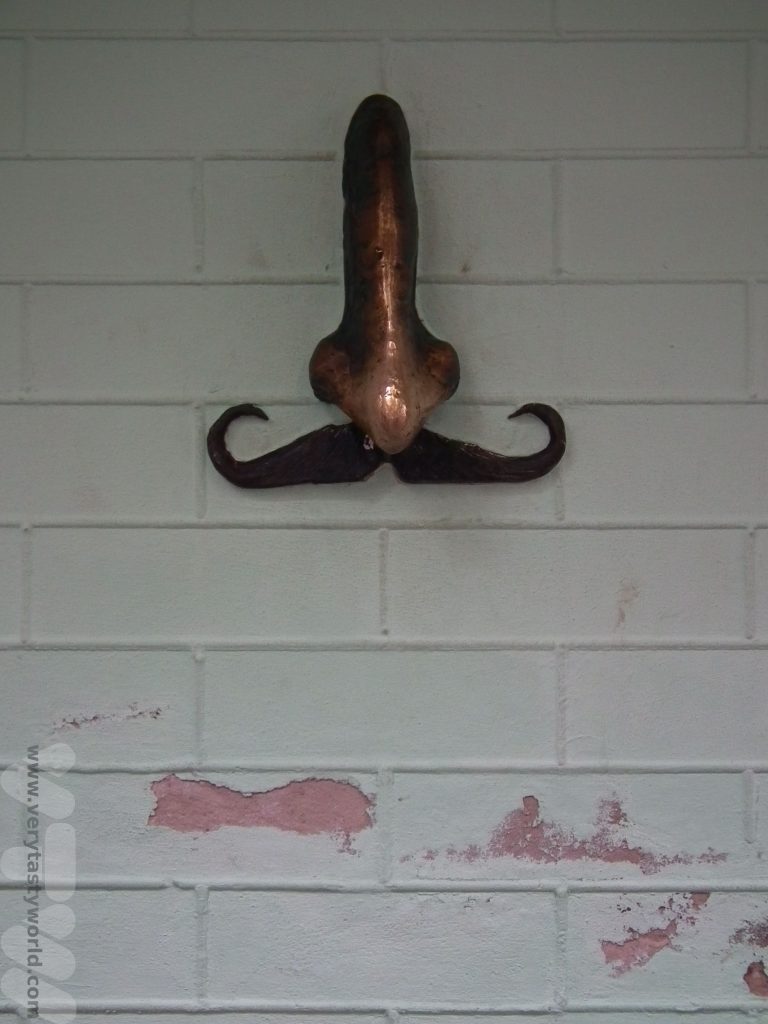
…before climbing the hill to the churches of St Andrew and St Mark.
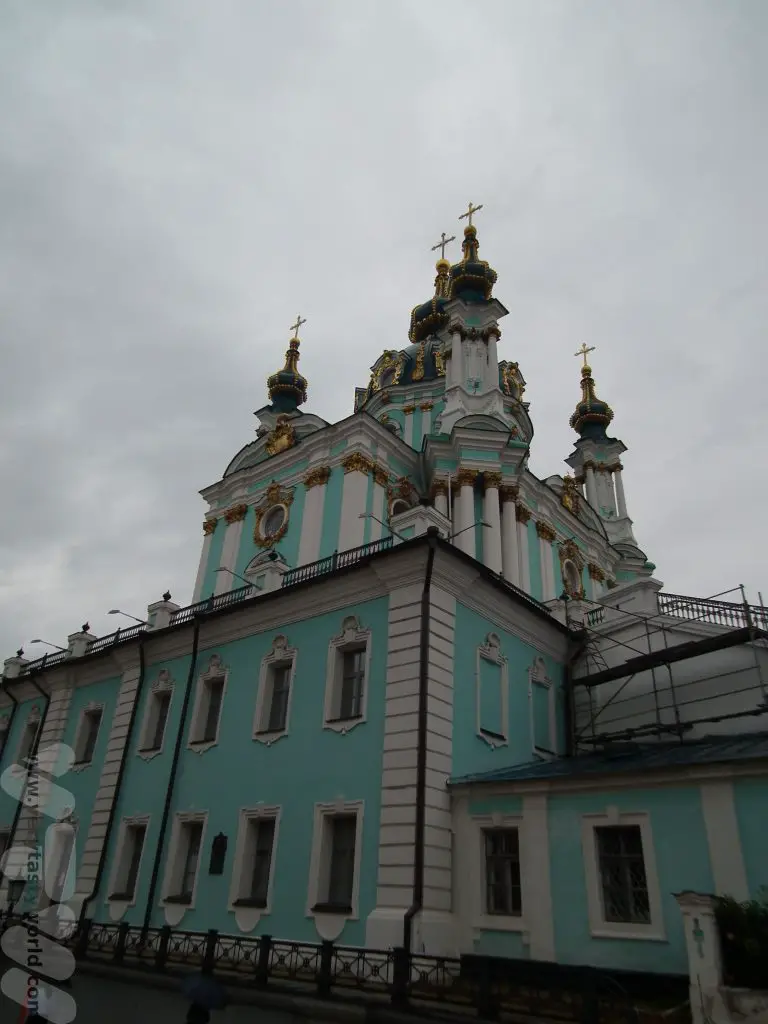
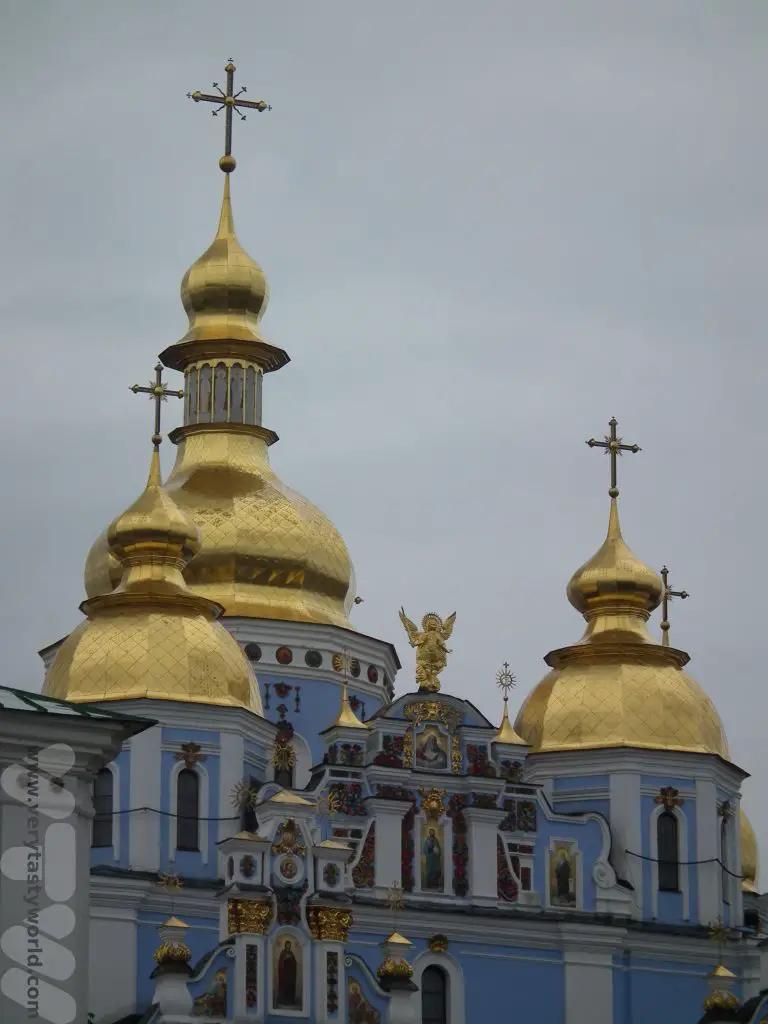
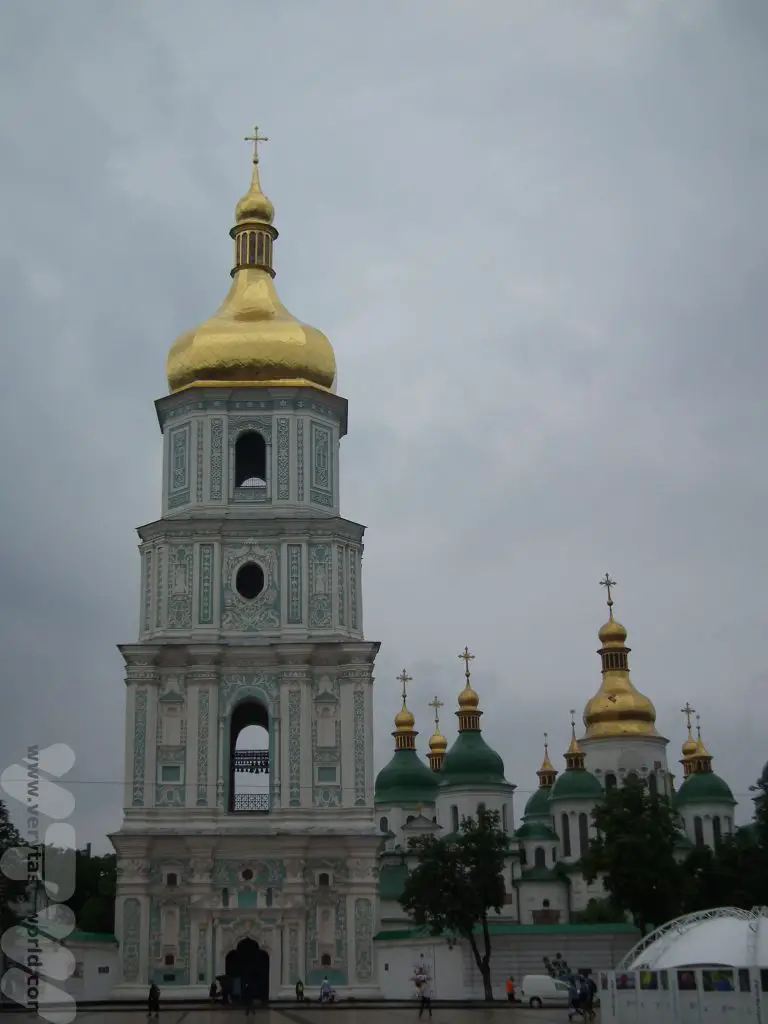
And on to St Sophia’s Cathedral with its beautiful bell tower.
The Golden Gate, a reconstruction, was the main gate of Kyiv’s 11th century fortifications. It was named, apparently, for the Golden Gate of Constantinople. This isn’t The Great Gate of Kyiv, made famous by Mussorgsky as the 10th and final movement of his Pictures at an Exhibition suite; that piece of music actually celebrates The Bogatyr Gates.
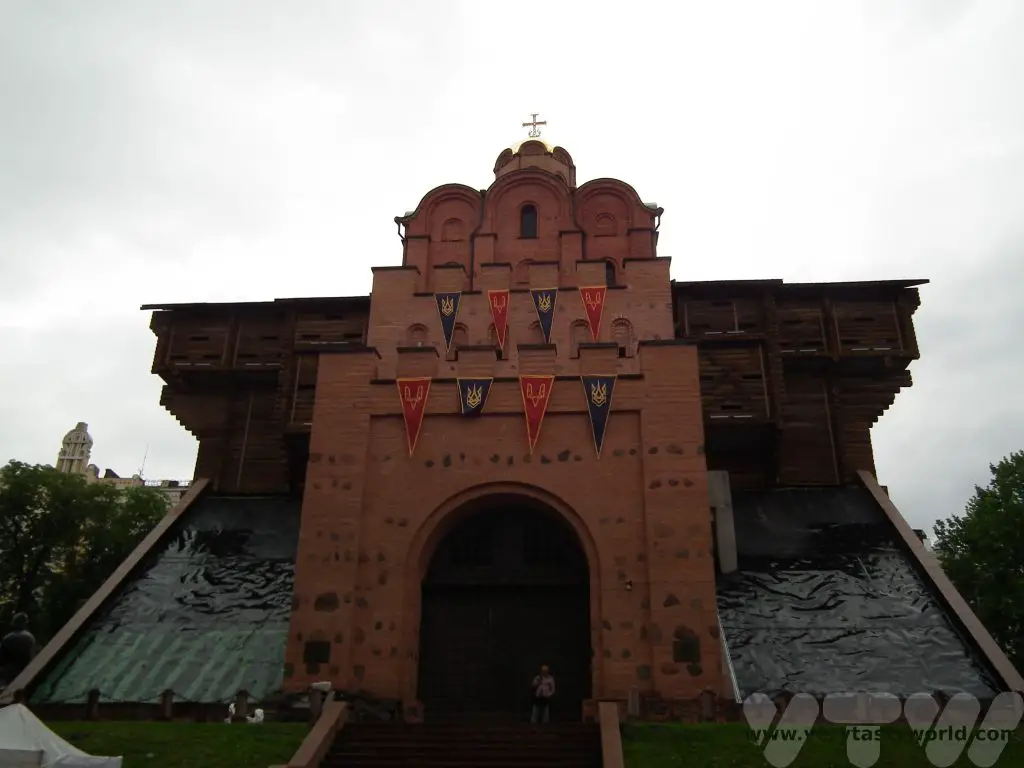
Gotta know when you are walking past the former KGB offices.
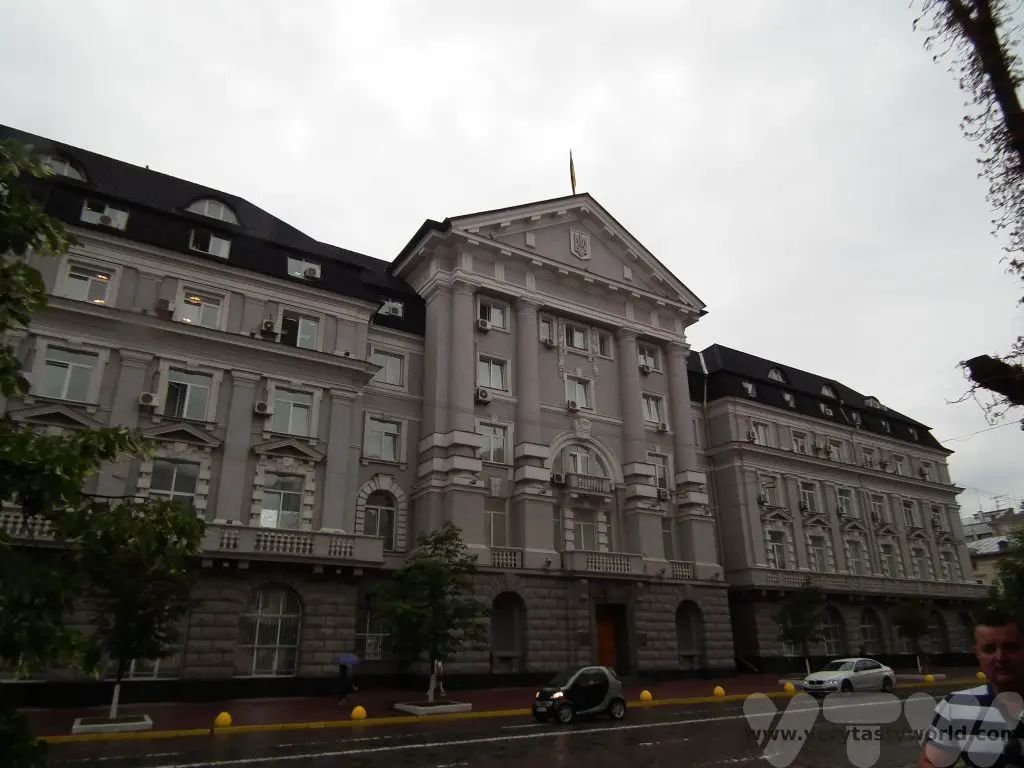
And finally, Independence Square, located on Khreshchatyk Street, the main street in Kyiv. This square is where Ukrainians have gathered for various rallies and political events over the years and is named for the Ukrainian Declaration of Independence in 1991 when the Soviet Union disbanded.
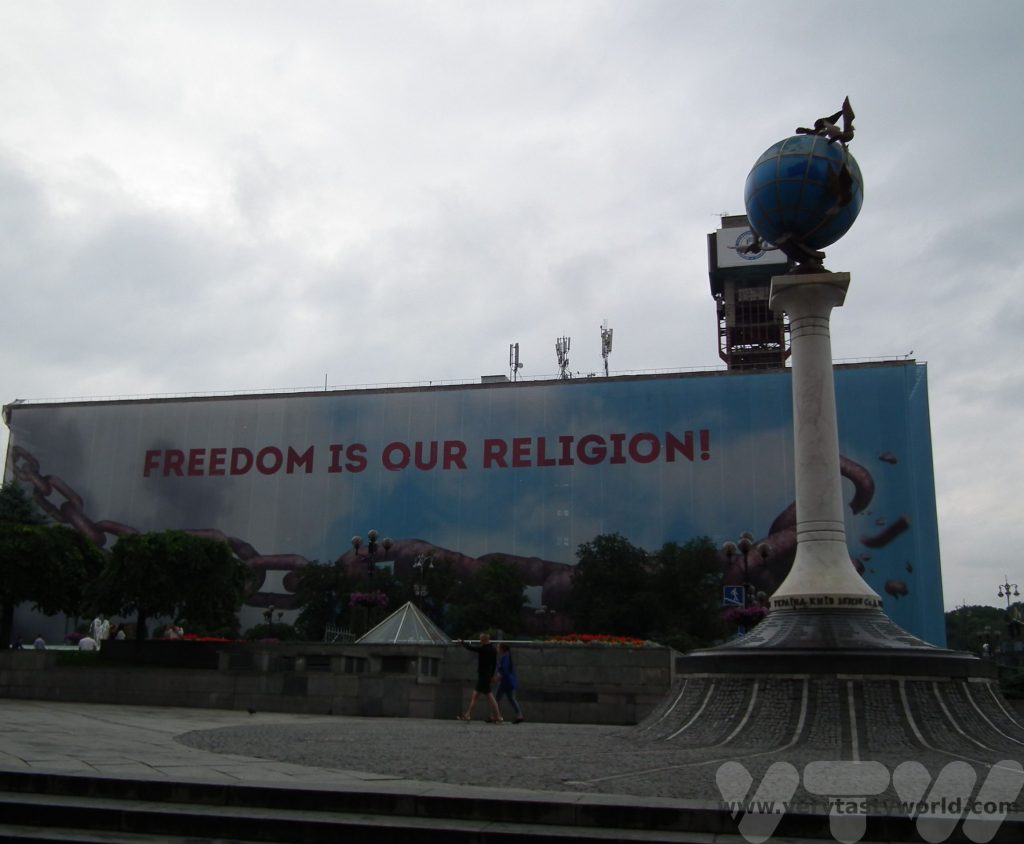
There was so much to see that the tour took around nine hours, including a generous stop for lunch, but mid-walk snacking seemed to be a very necessary part of the tour, so we popped into a supermarket beforehand. It’s always fun to explore shops that local people use for their everyday groceries to discover a plethora of new foodie offerings – whether they are staples or something more unusual. This particular shop offered a range of products including packets of dried cheese, which were not only intriguing but seemed to be ideal snacking material.
What was interesting was that these were not typically Ukrainian but cheeses that originated from other countries. Of course we purchased extra packs to bring home as souvenirs.
The Gouda looks like holey popcorn. Gouda is a very hard cheese, originally from Holland. This dried cheese retains its mature flavour but isn’t as crunchy as you would expect from its appearanace.
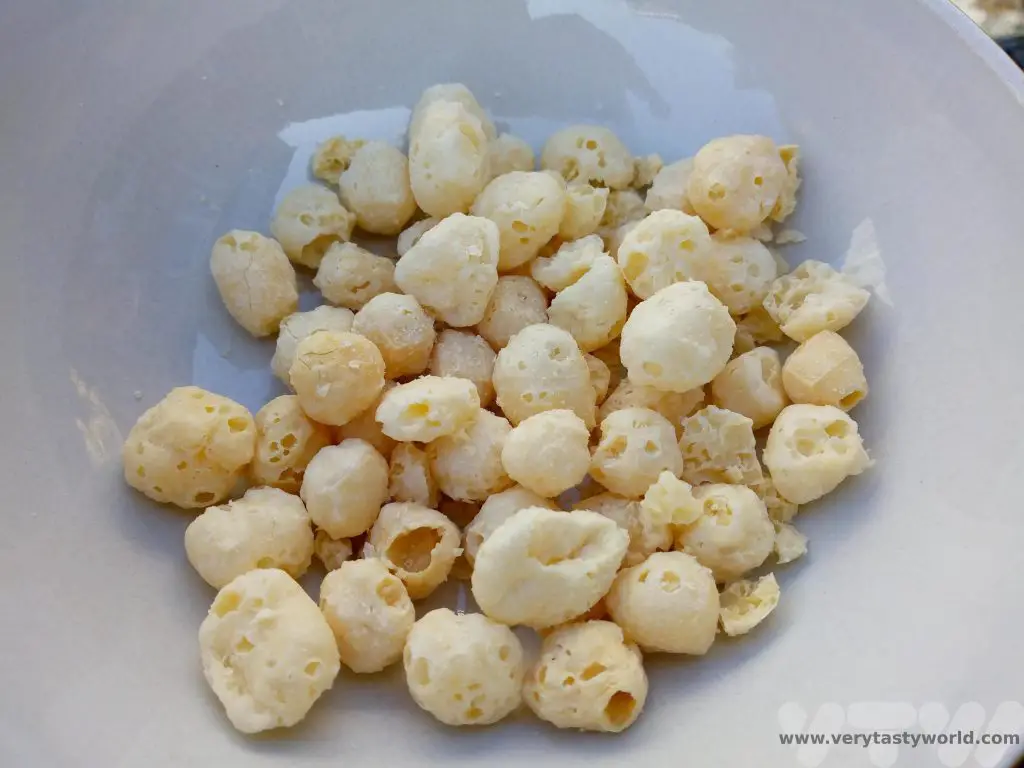
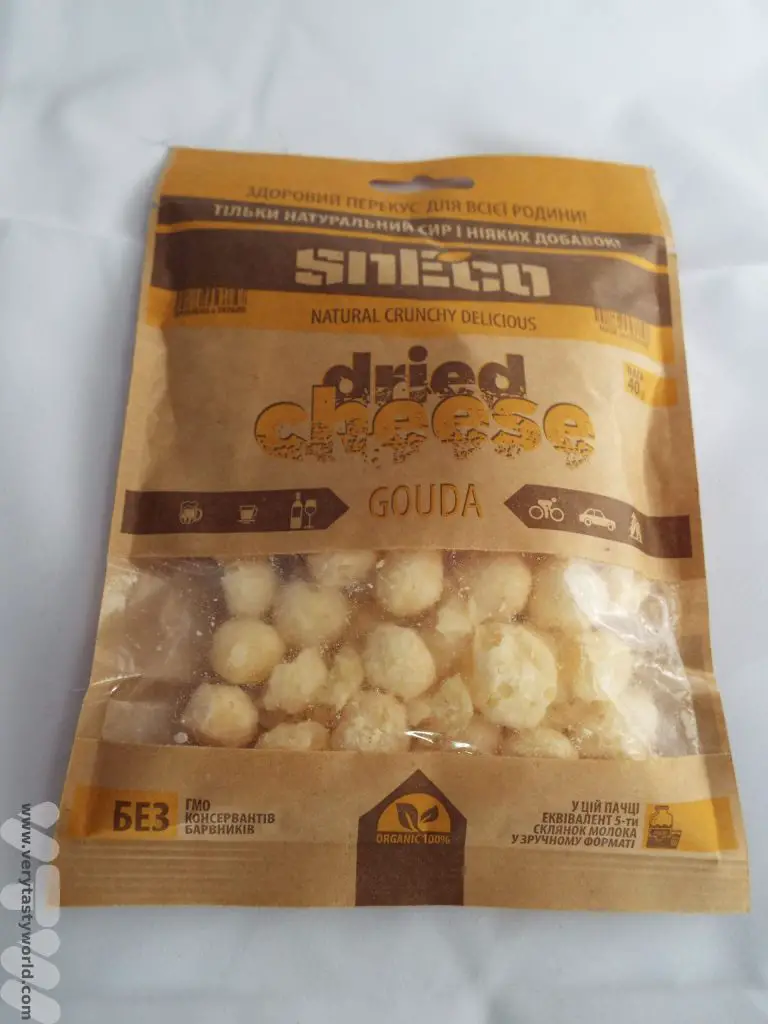
Mozzarella seems to be entirely the wrong sort of cheese to dehydrate. From Italy, it is best known for adorning pizzas because it melts in the most delightfully gooey, stringy way. The dried version looks a lot like the Gouda – holey and slightly crunchy. But the flavour is much more mellow. It’s tasty enough but somehow feels wrong!
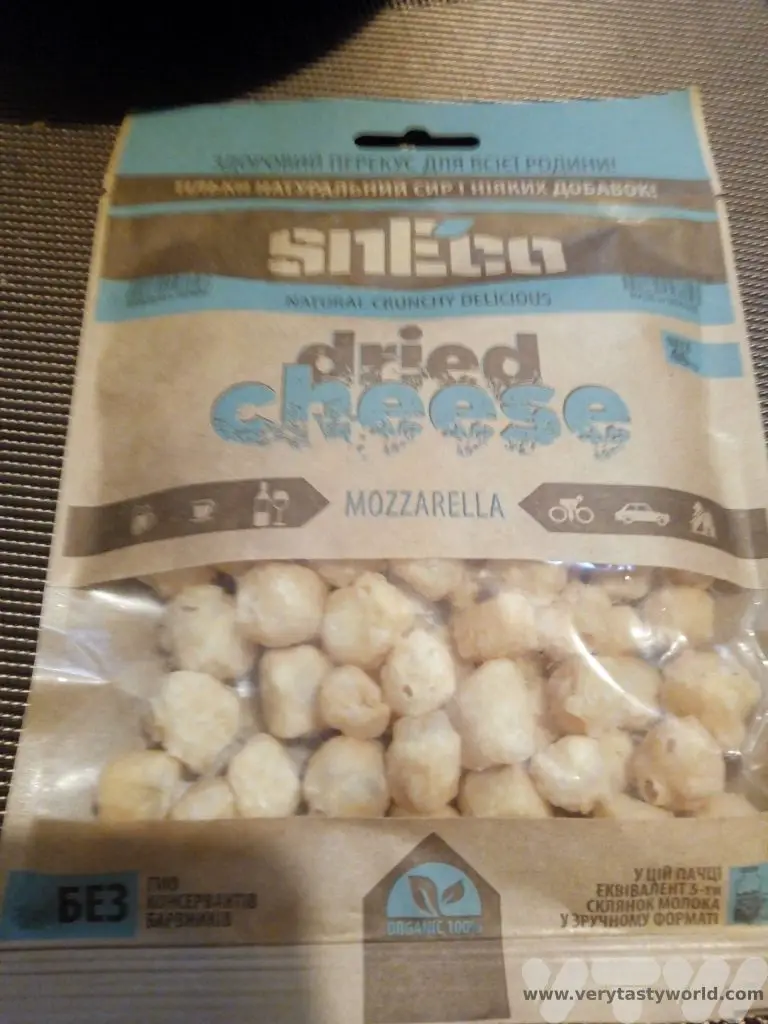
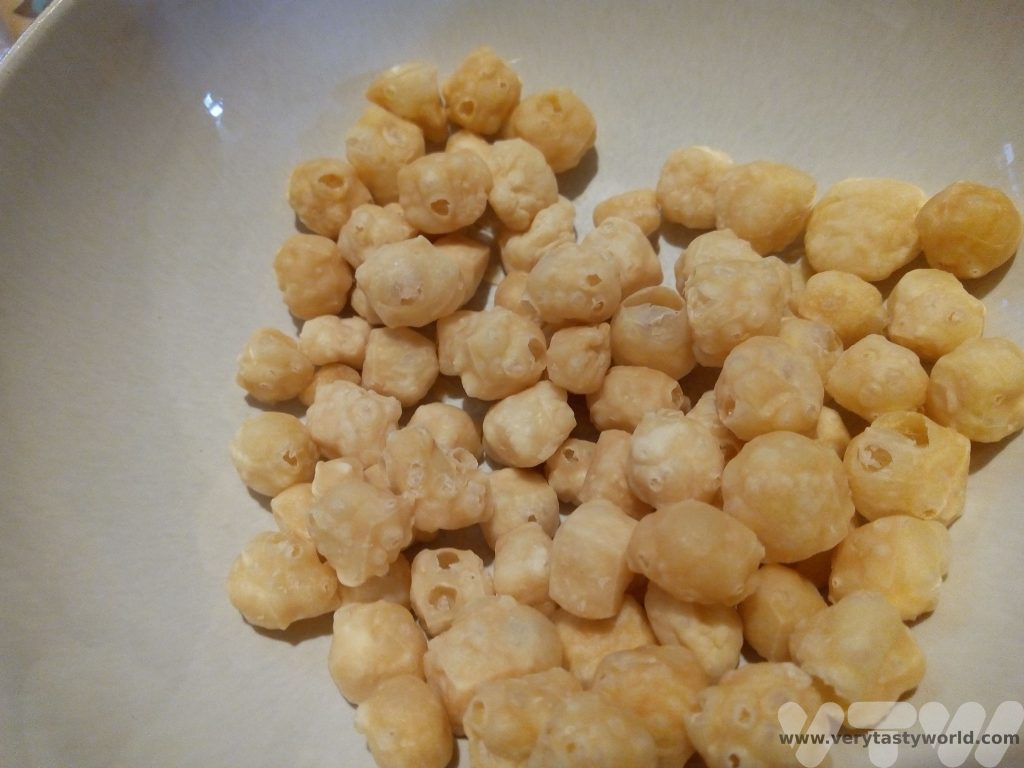
Sulguni is a cheese from Georgia. Like Mozzarella, it’s a soft cheese, made in using a similar process and has similarly melty qualities but with more flavour than Mozzarella, which can sometimes taste a little bland. While the other dried cheeses were eminently scoffable, this one was in a whole different class. The pieces look like the sort of woodchips you would put on your garden to suppress weeds and as soon as you open the packet the smokey aroma assaults your nostrils. They are quite chewy and the taste doesn’t disappoint either – this is the one that would last an entire nine hour walking tour of Kiev as you would only need to eat a couple of pieces per hour. Smokey, salty and unbelievably intense, the flavour lingers for a very long time.
